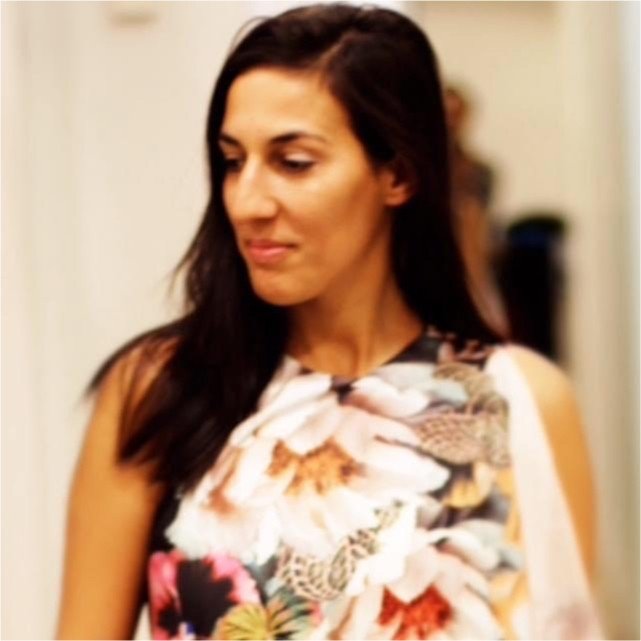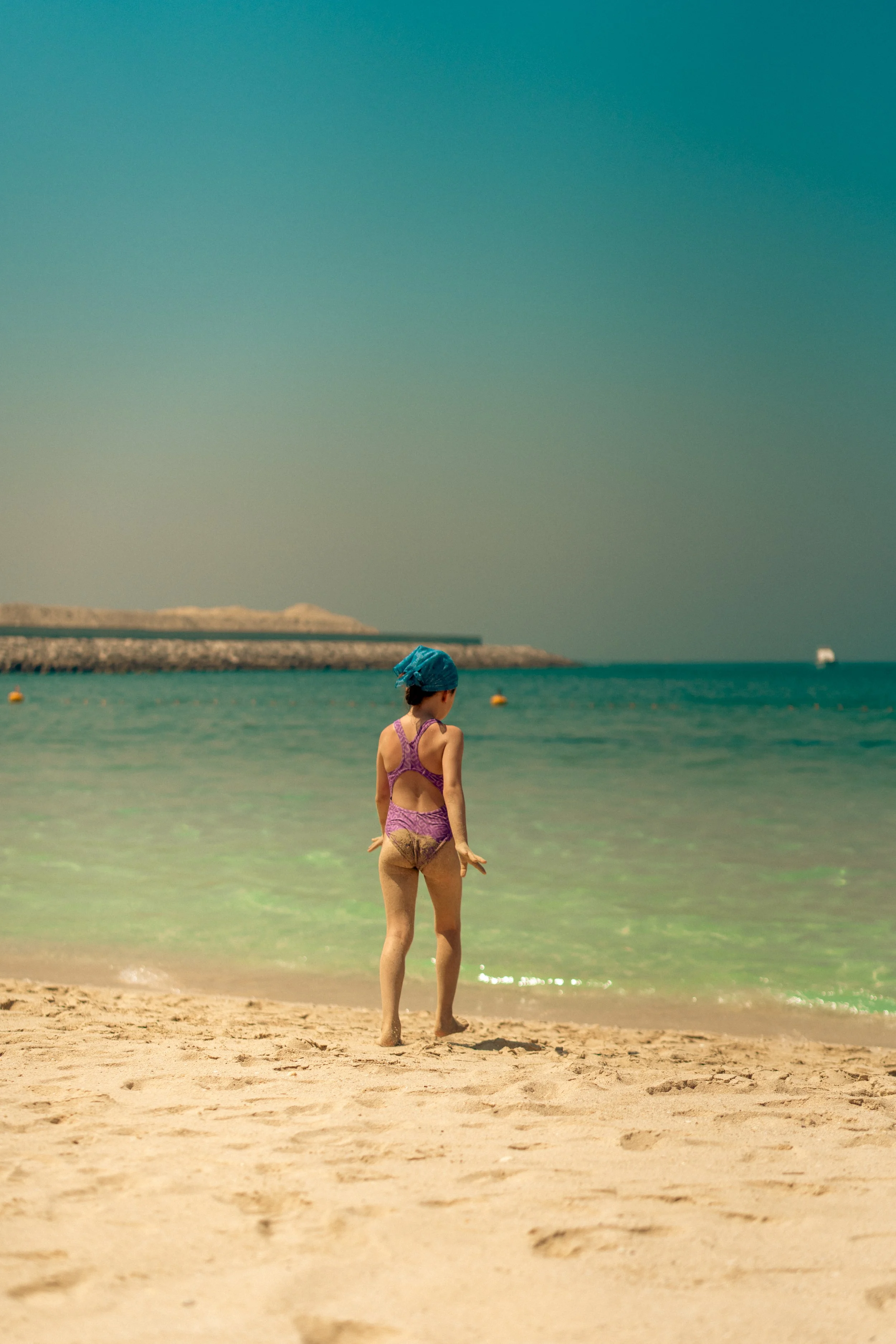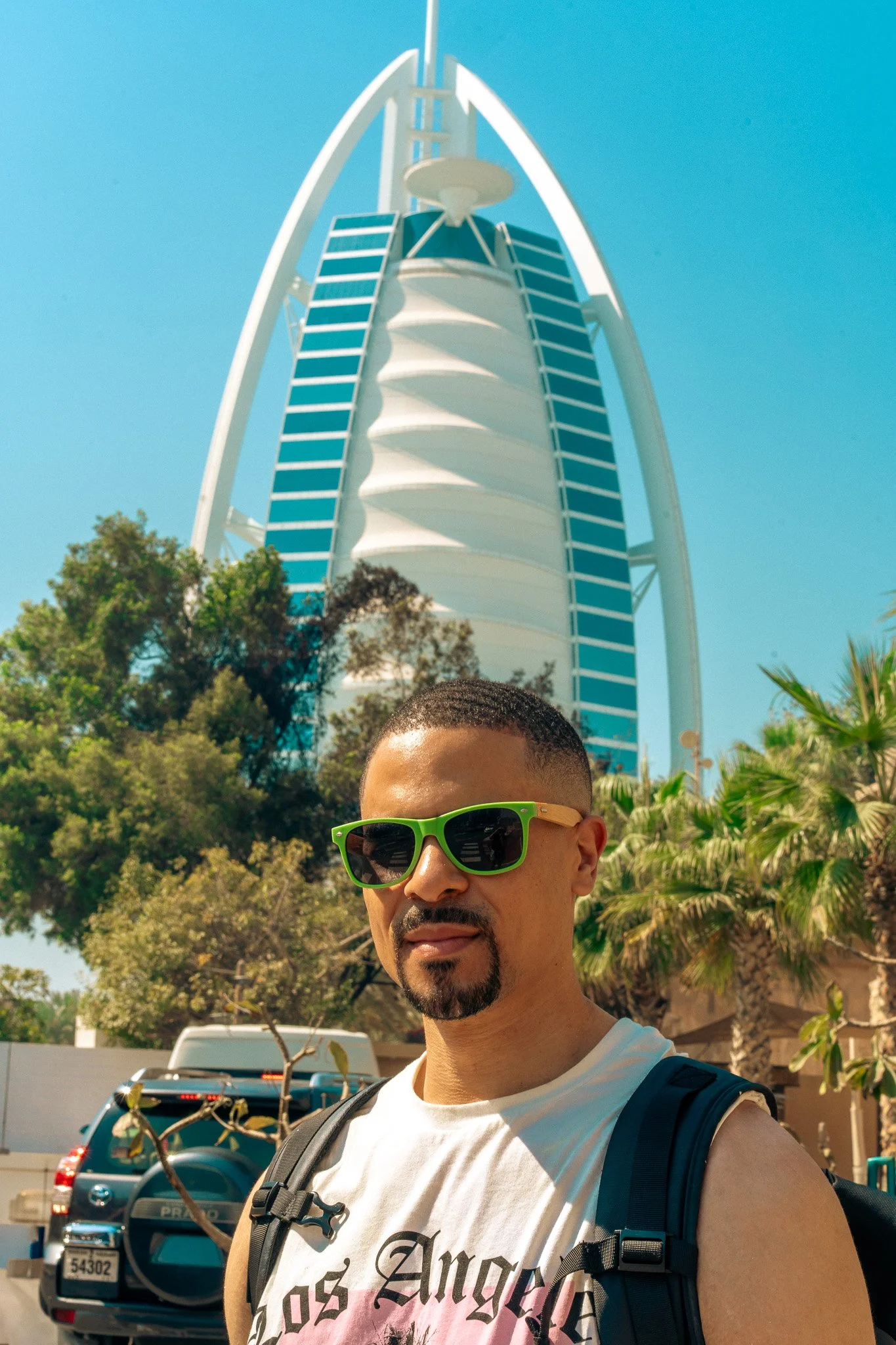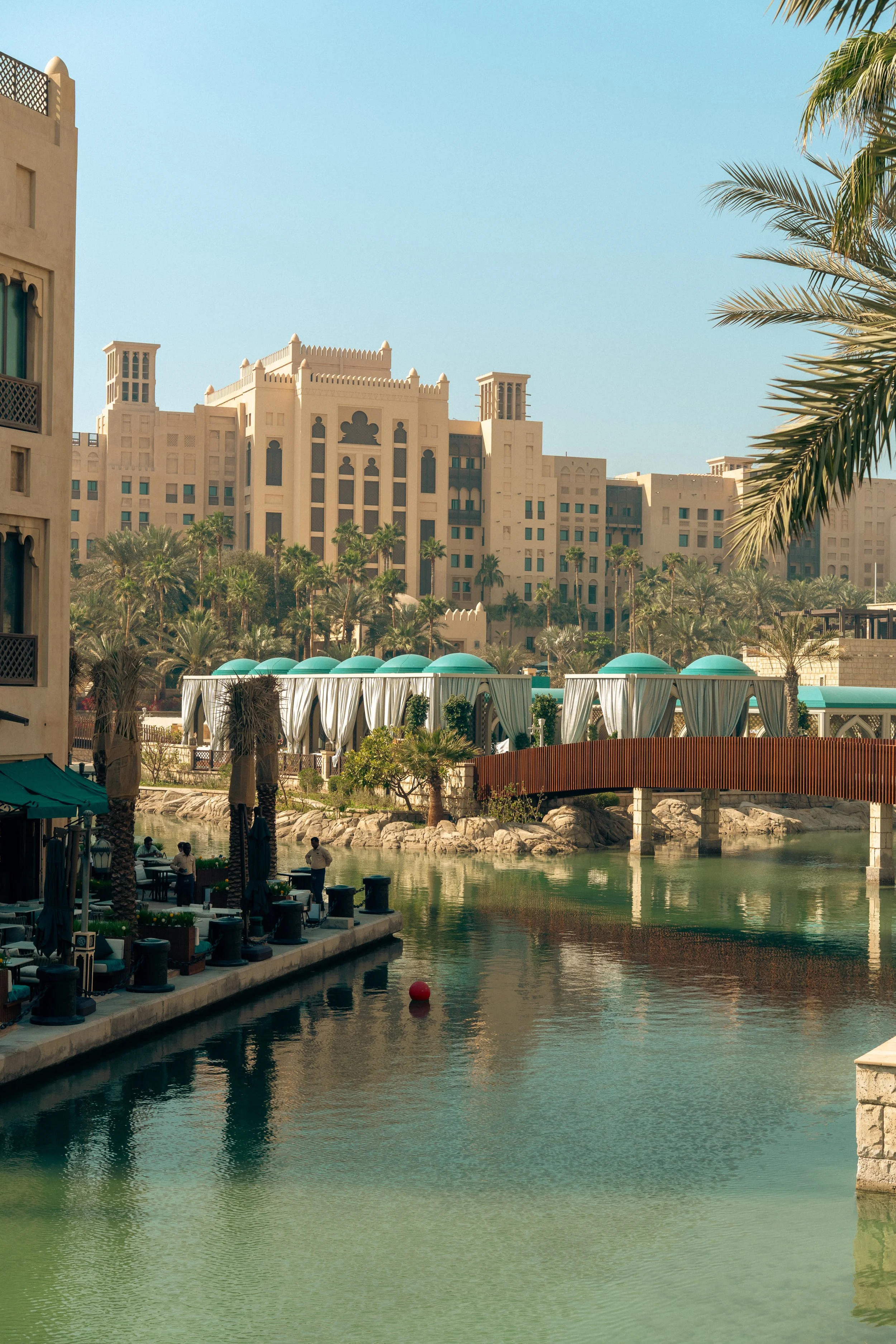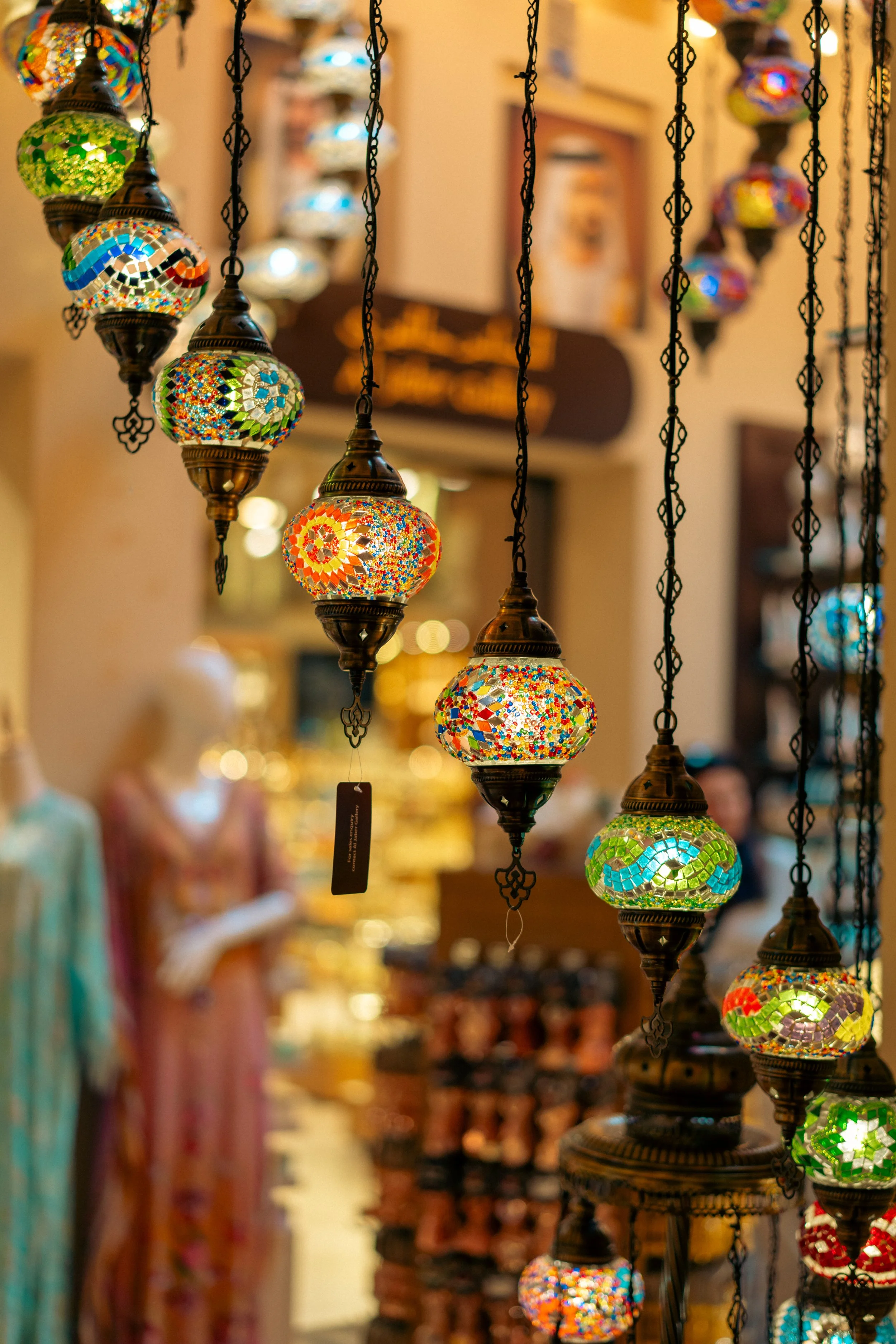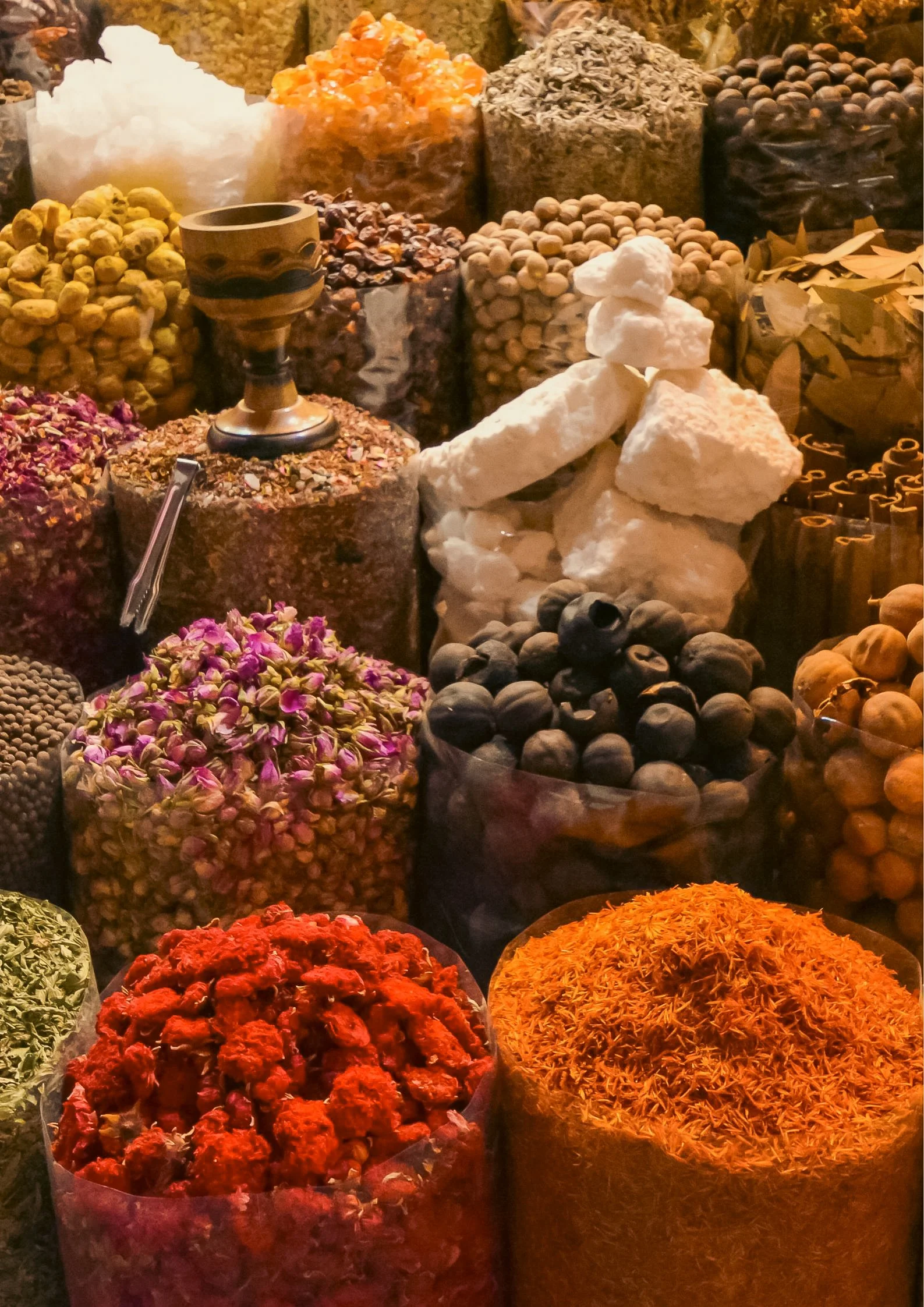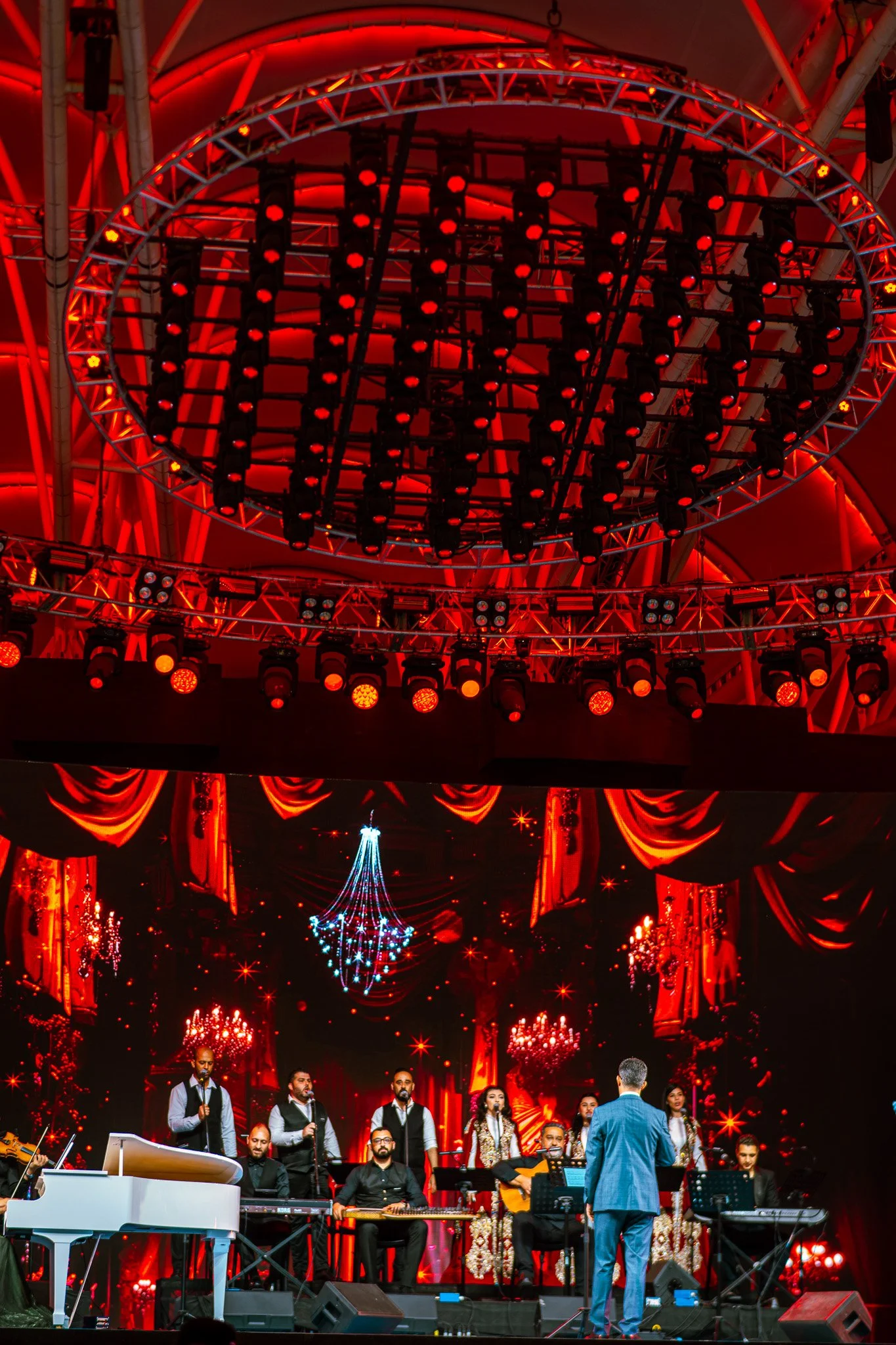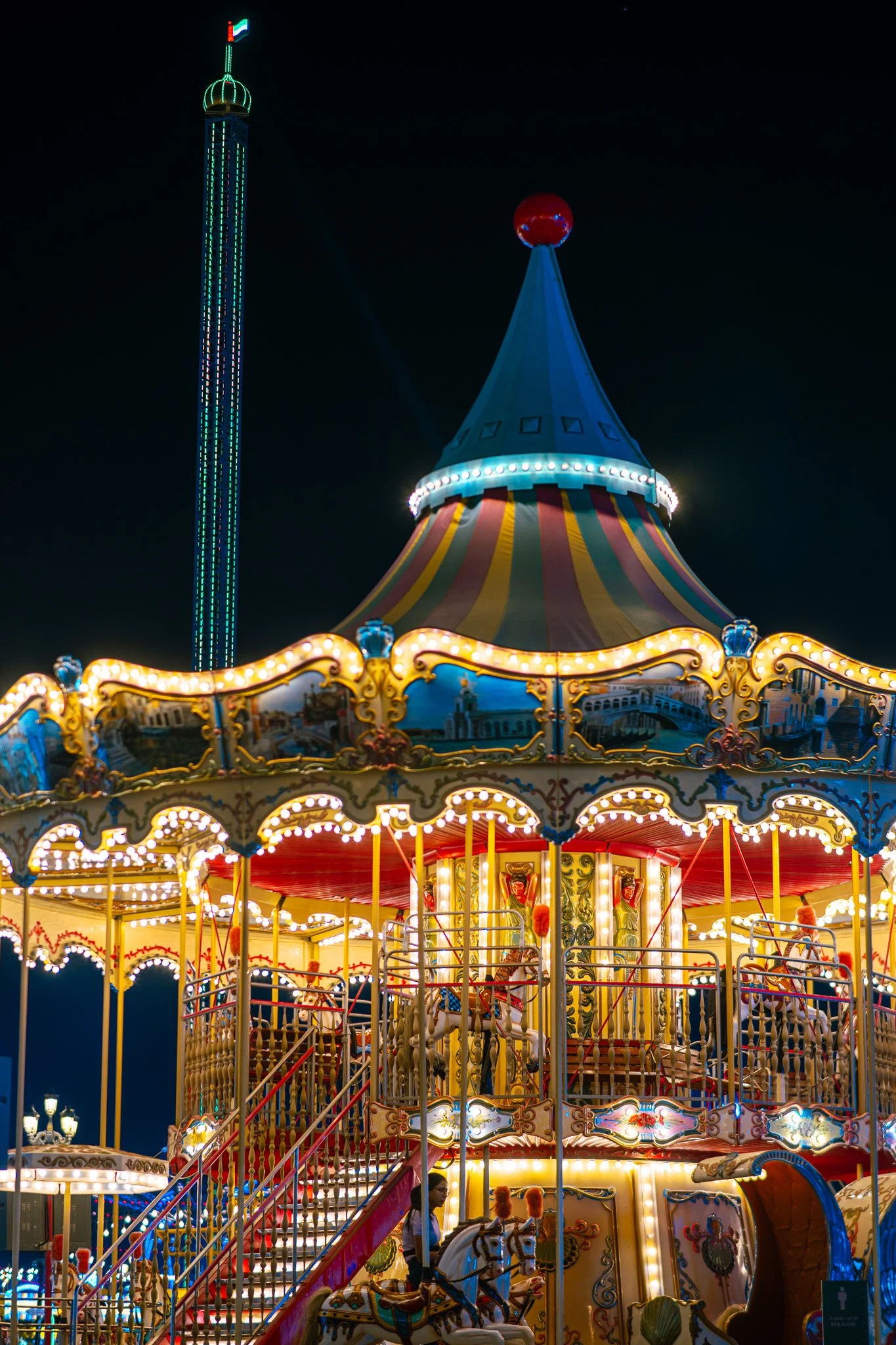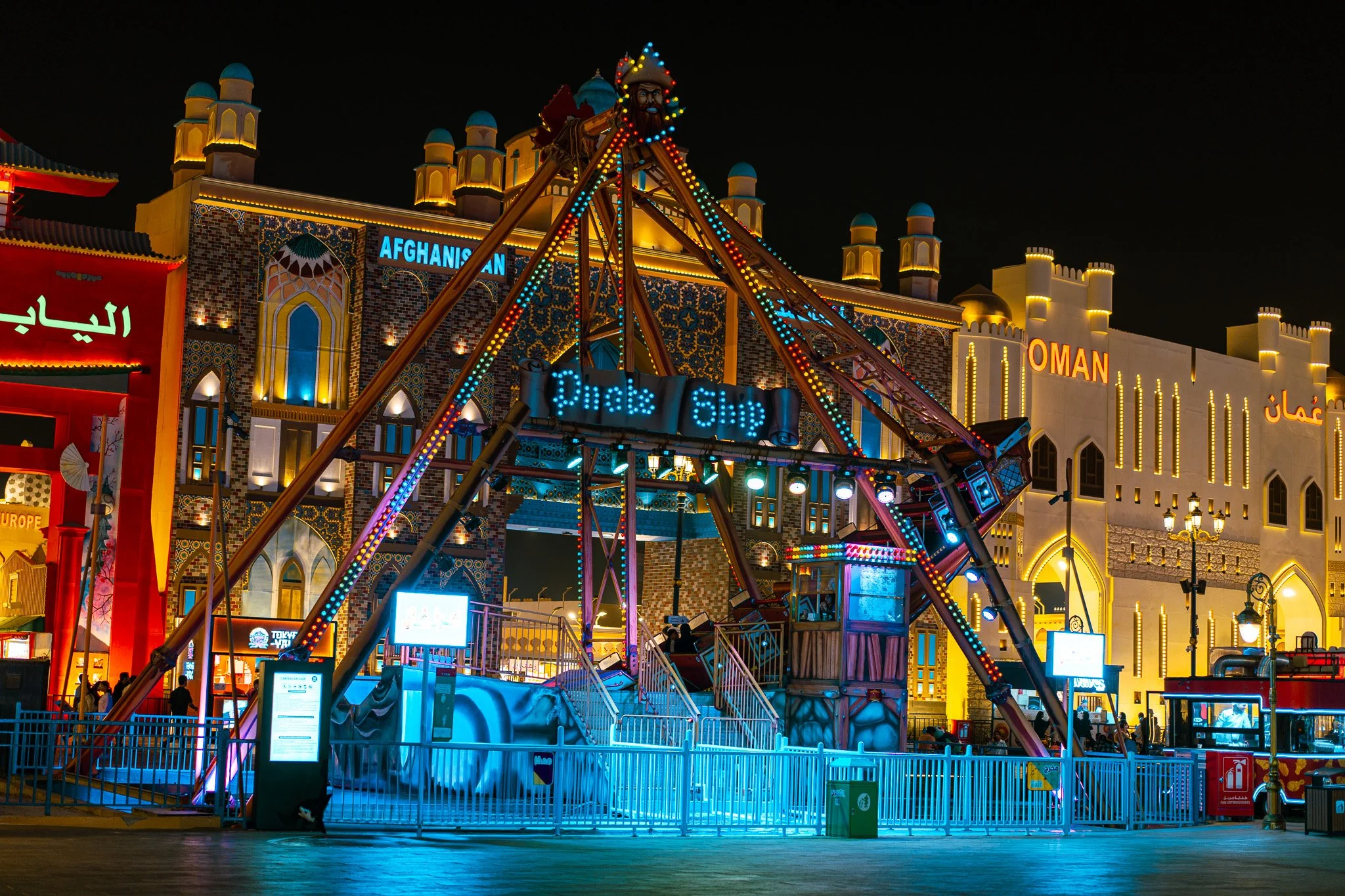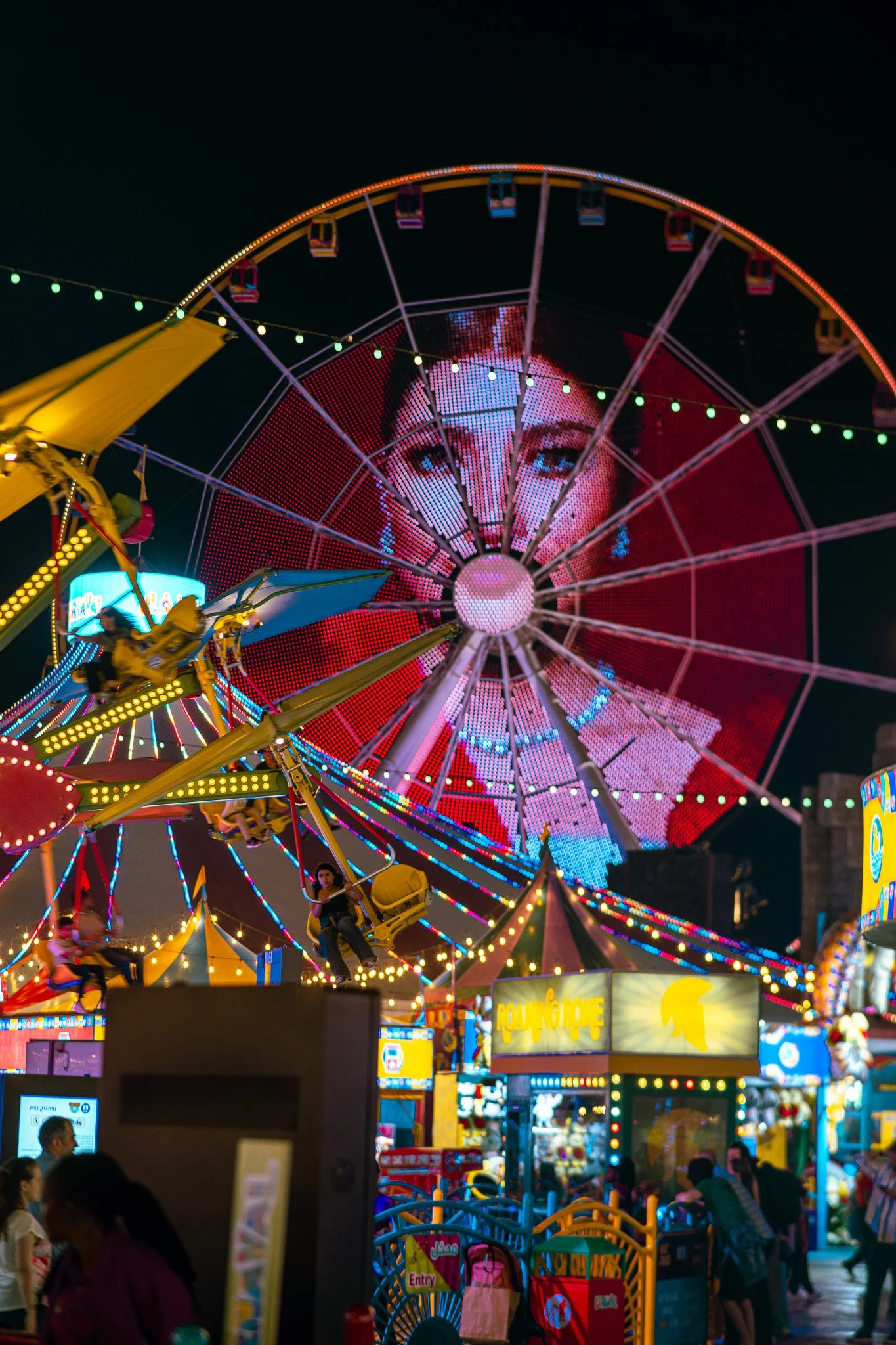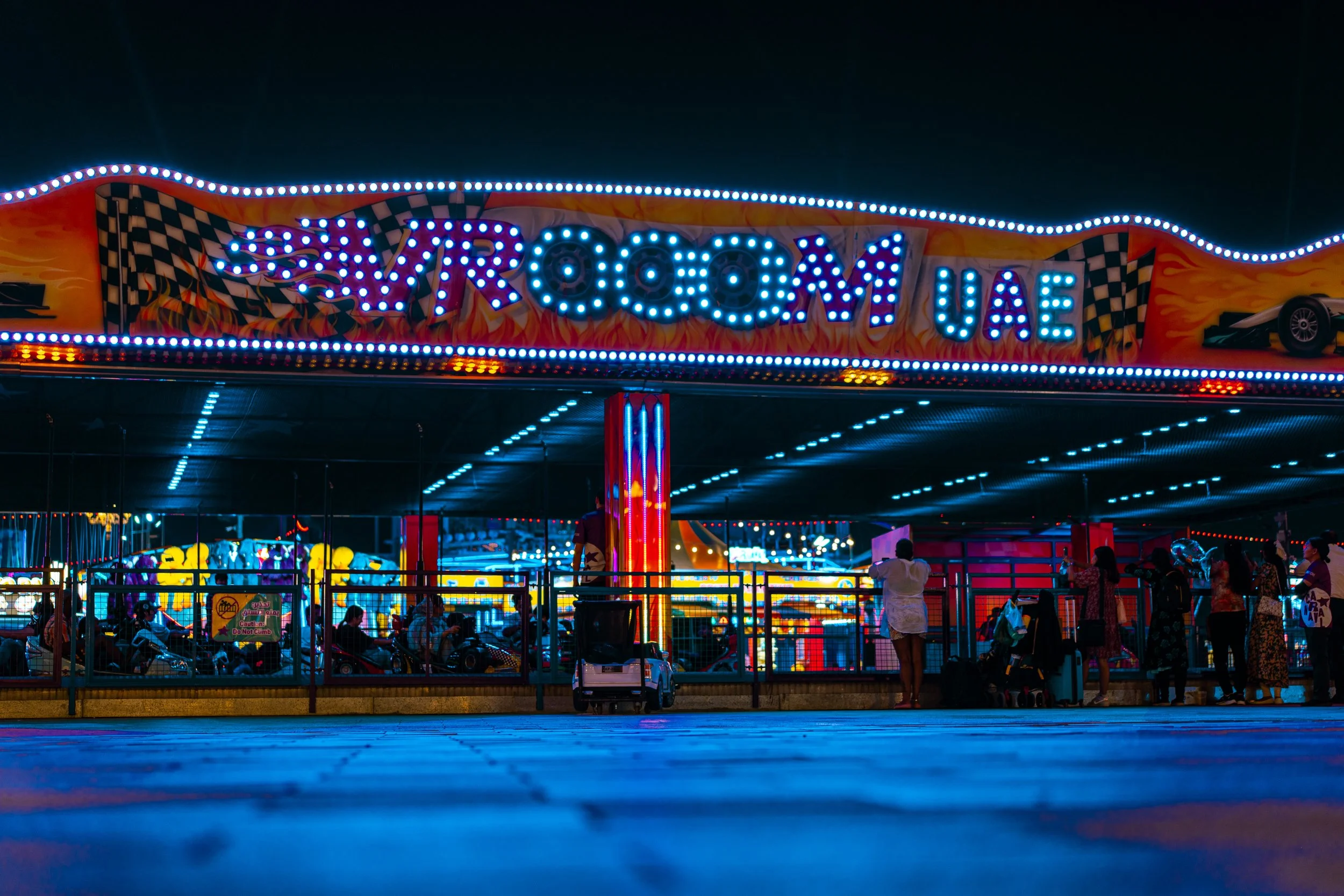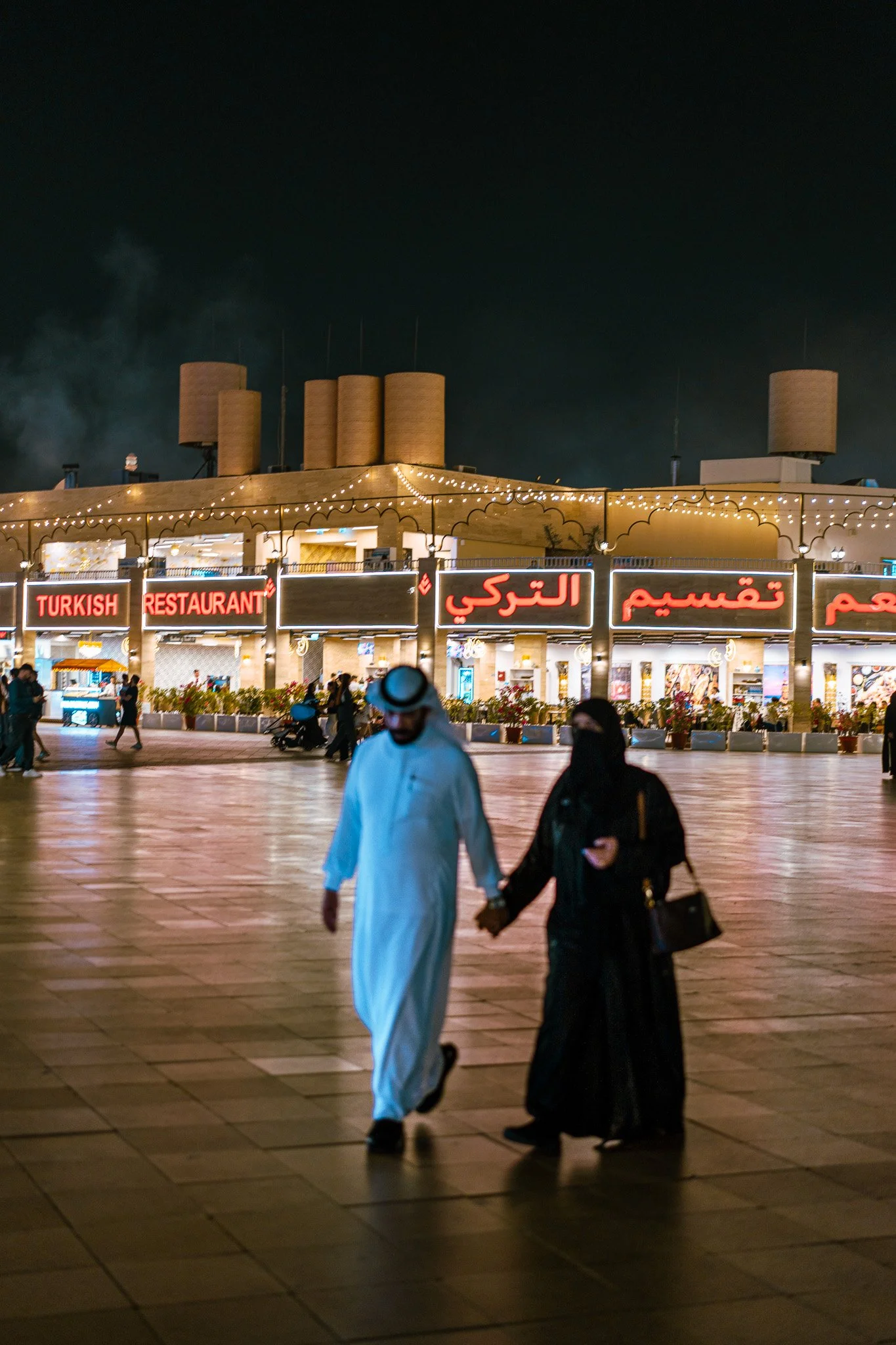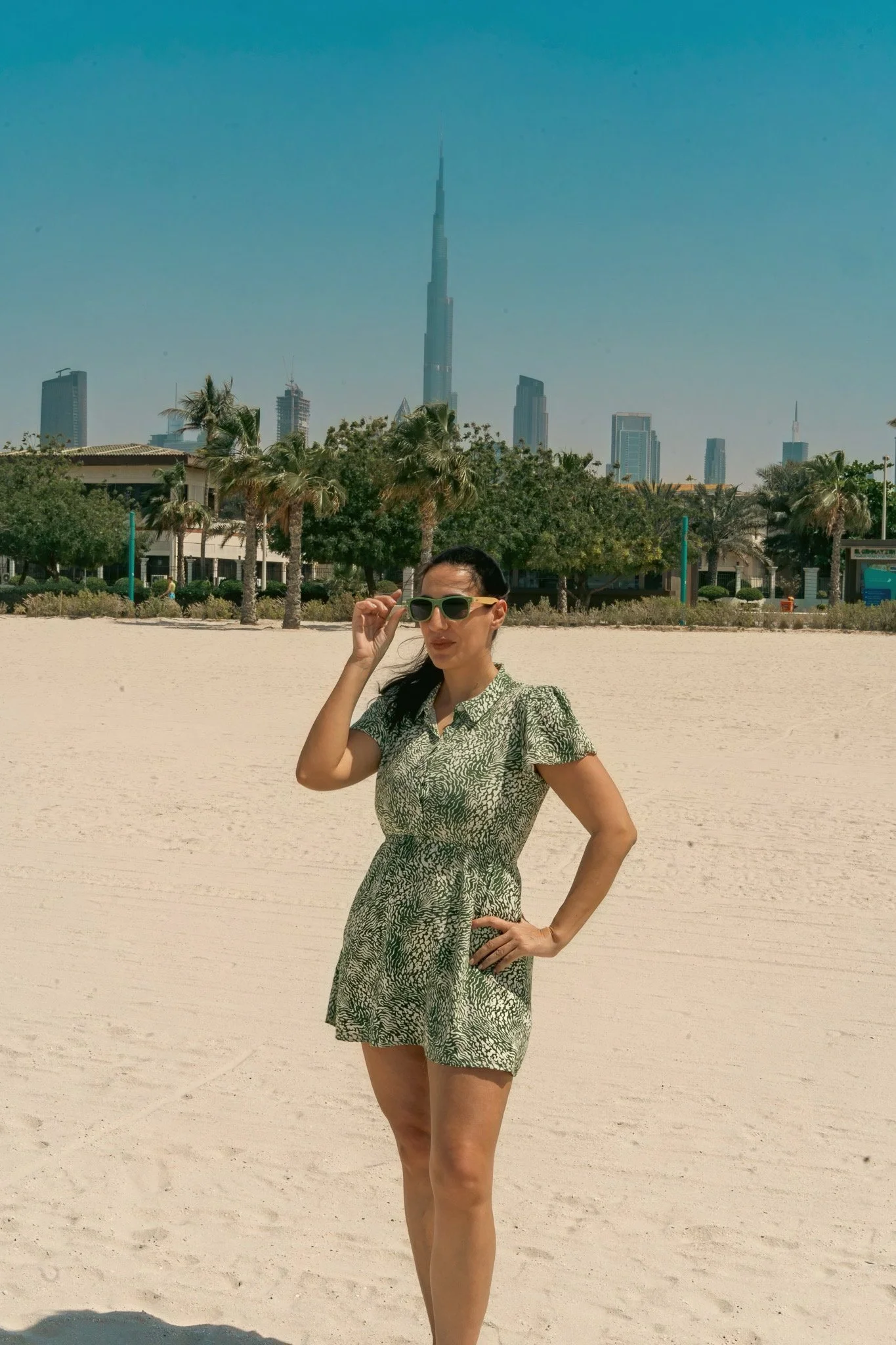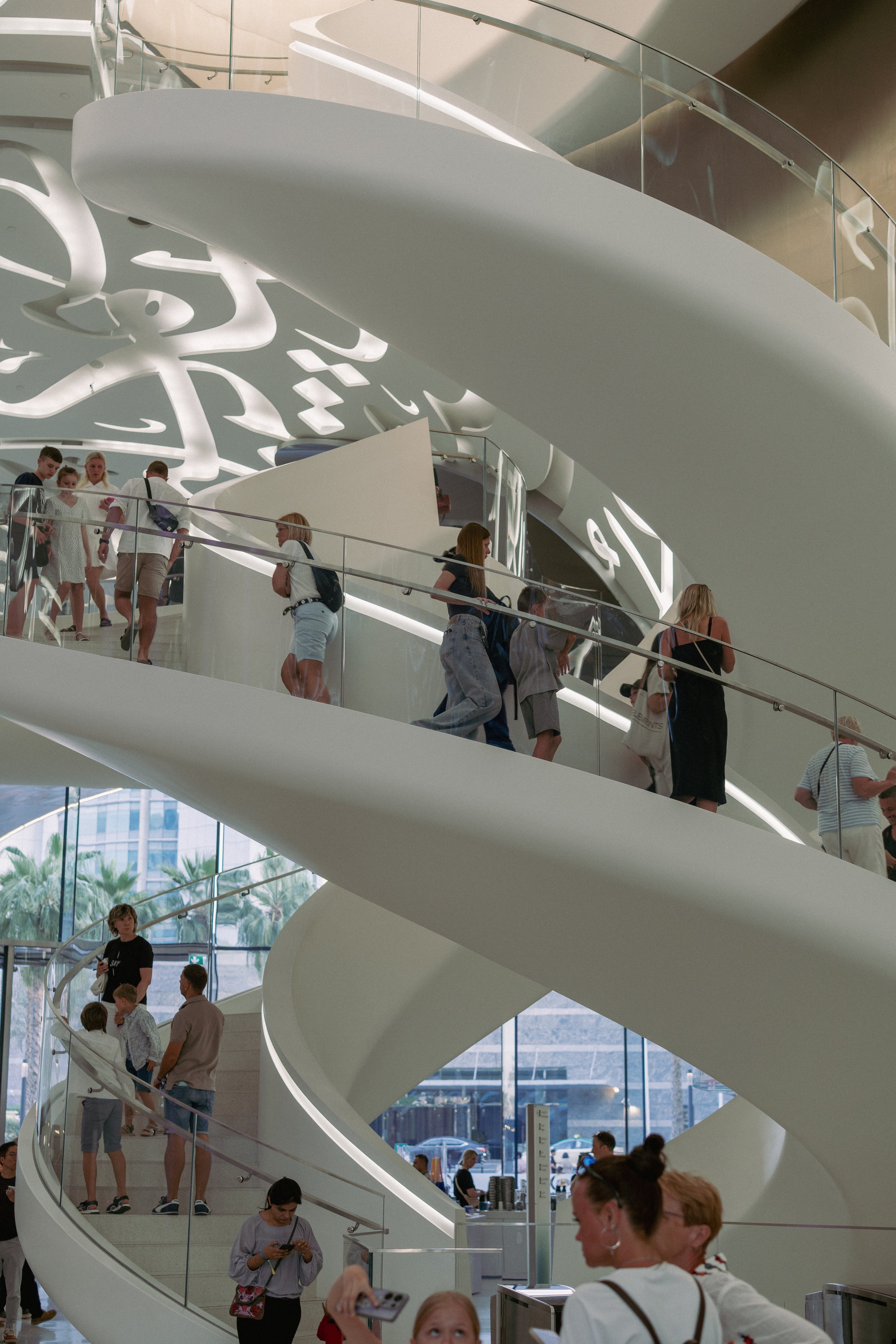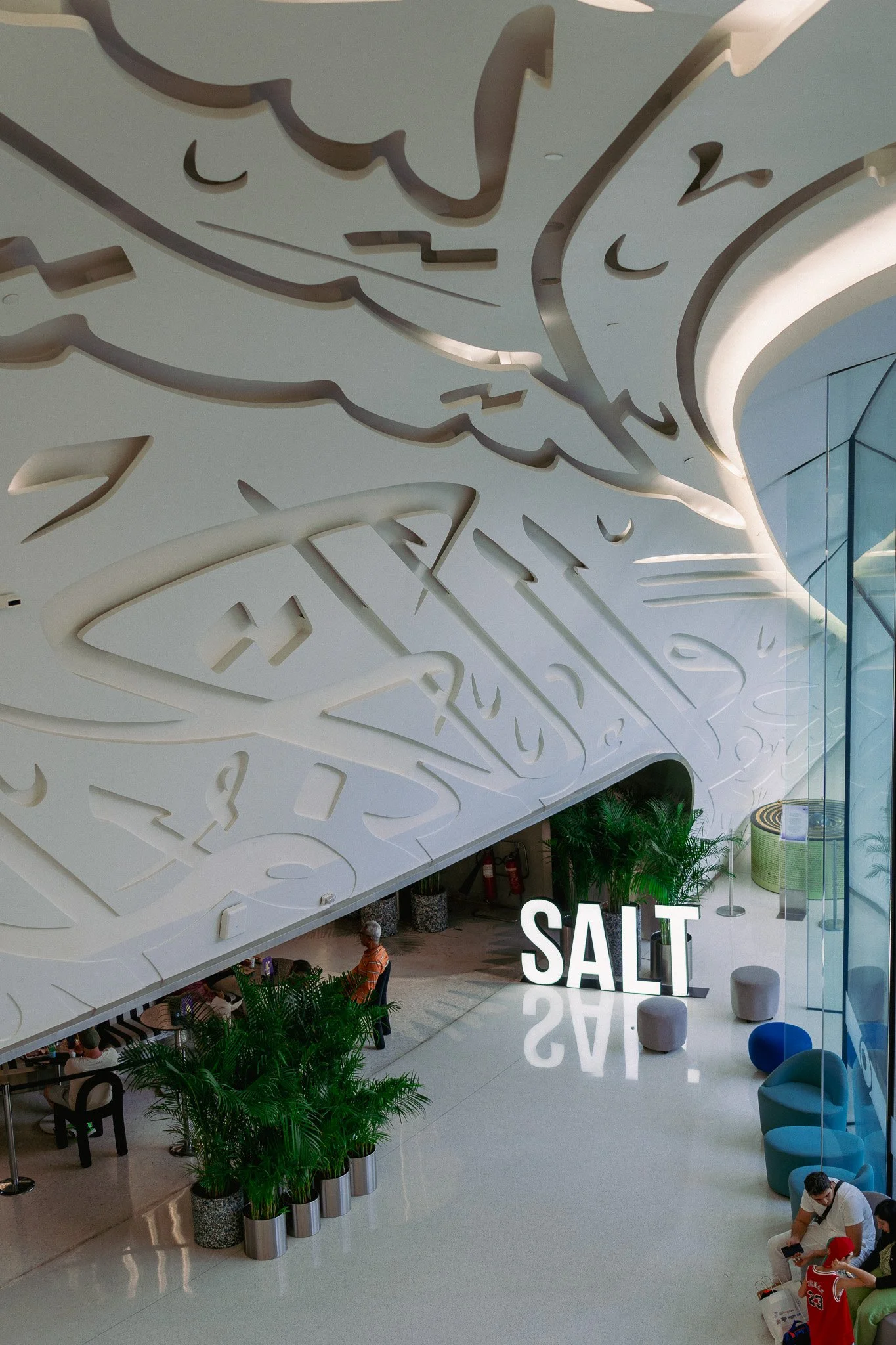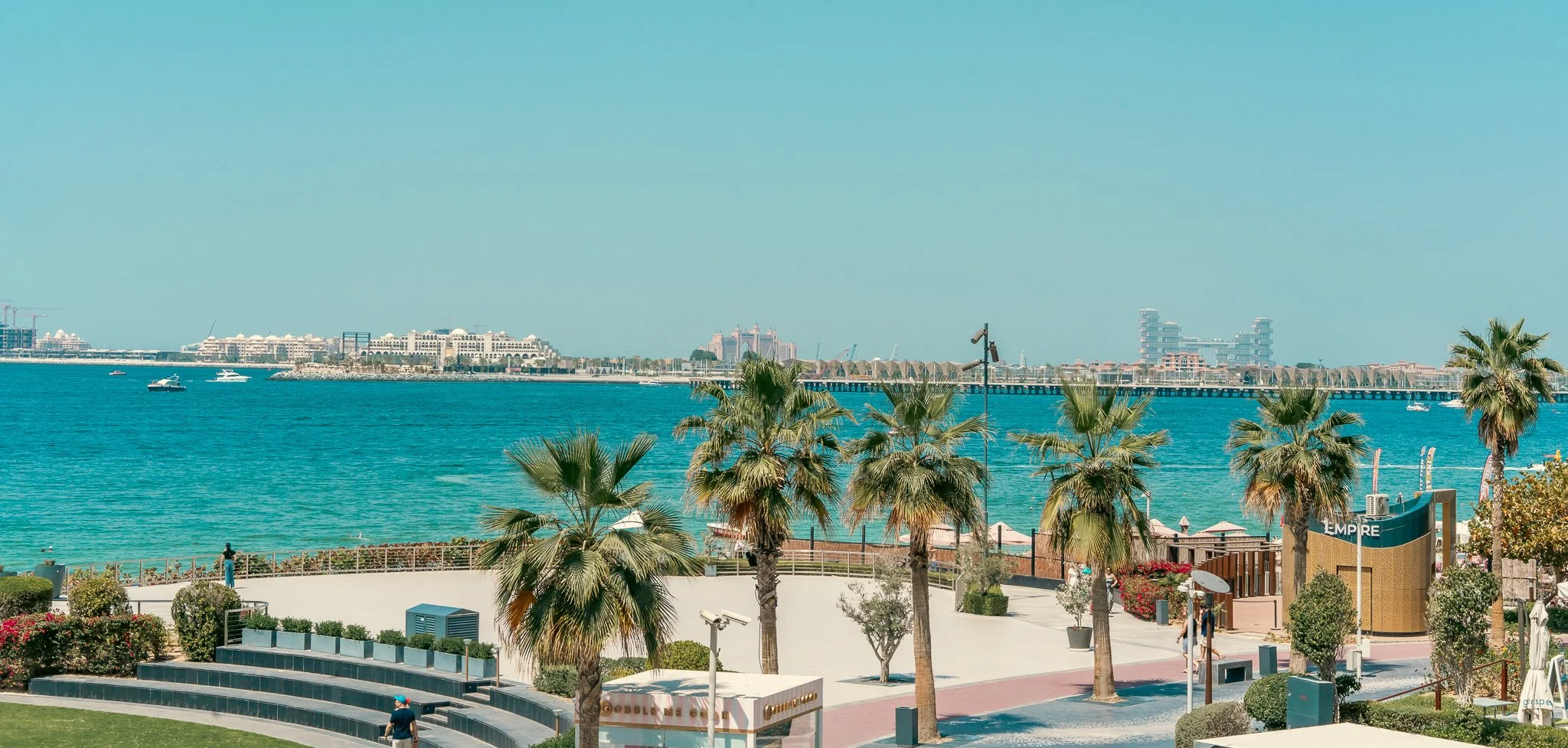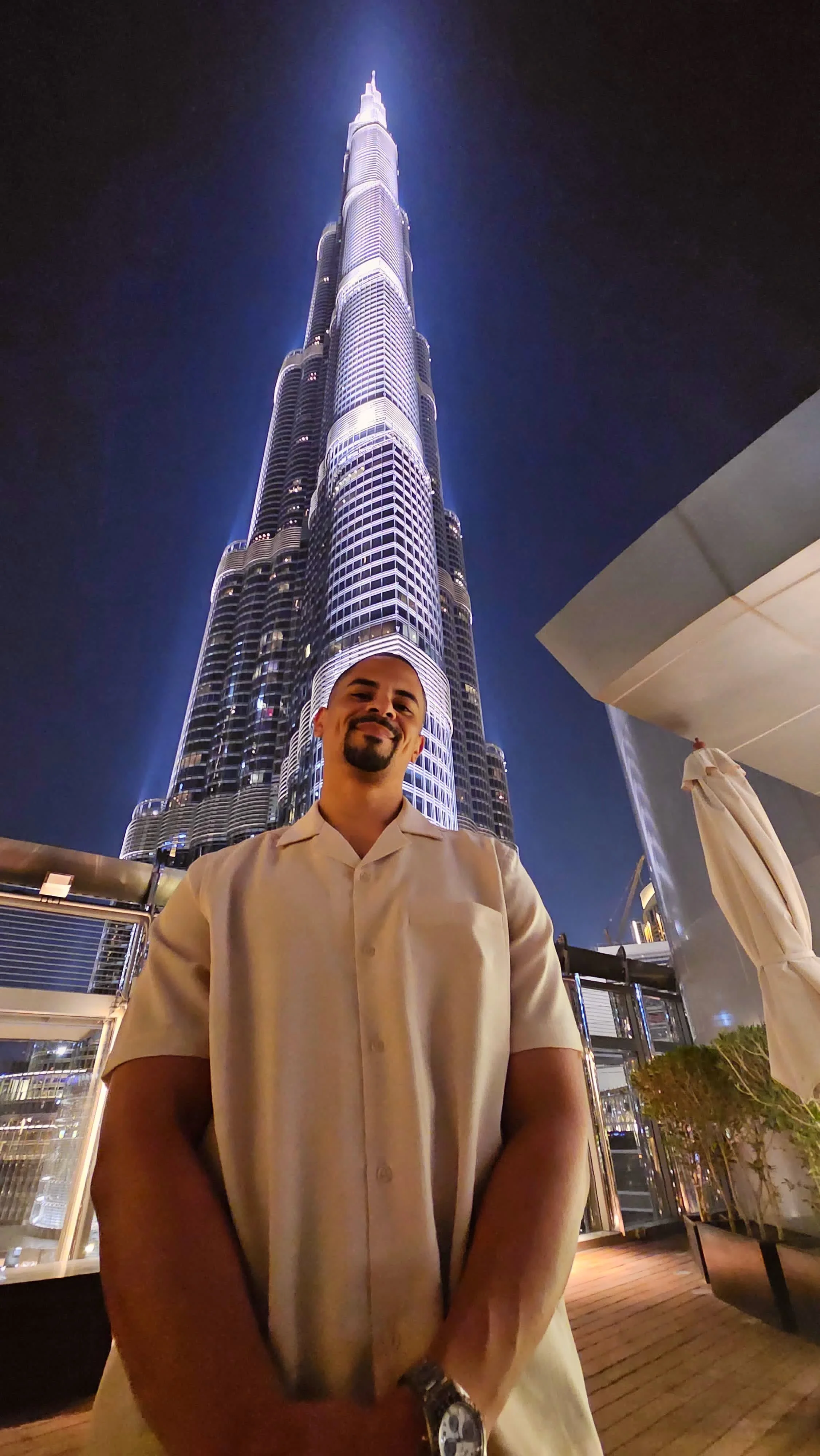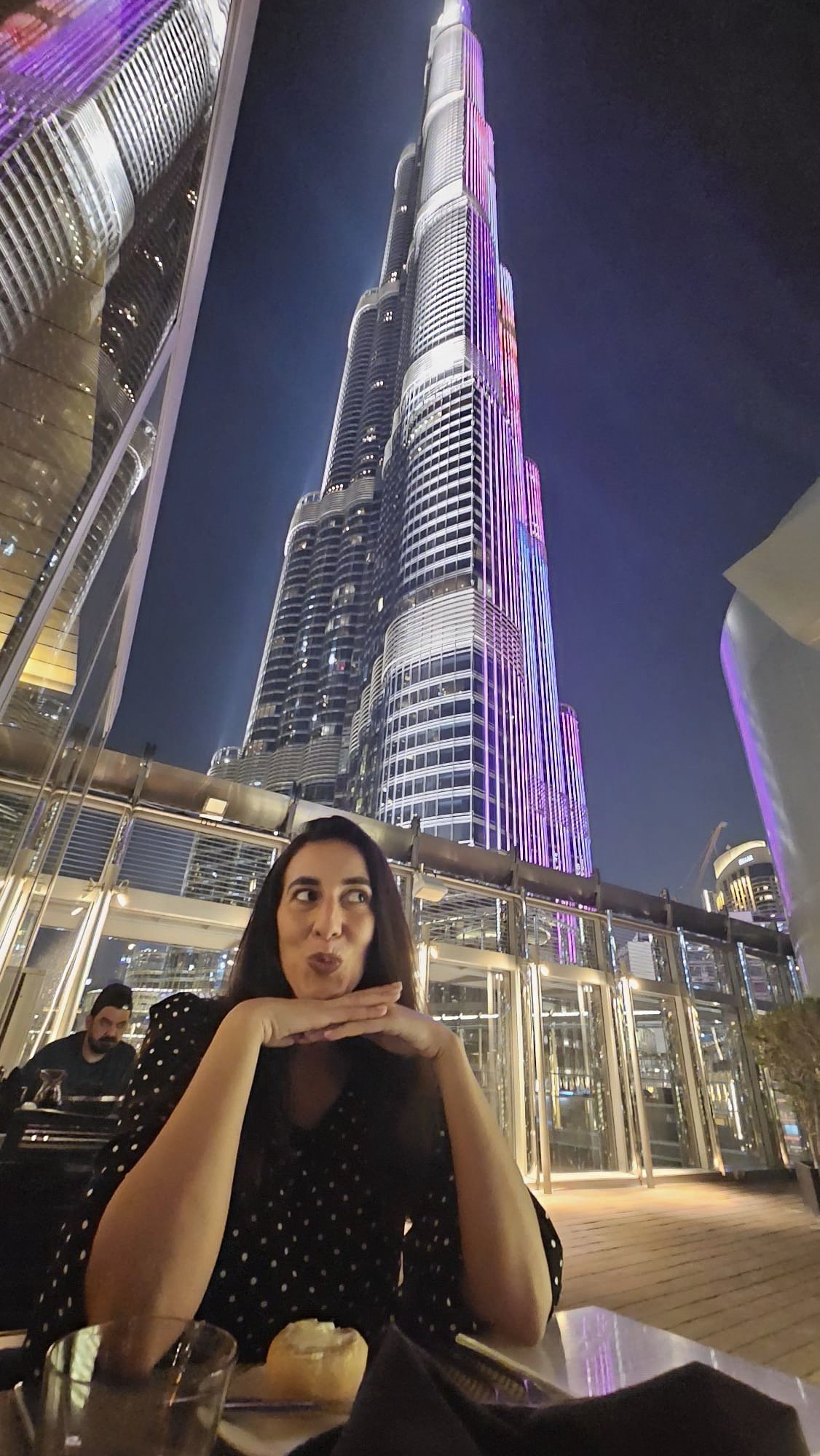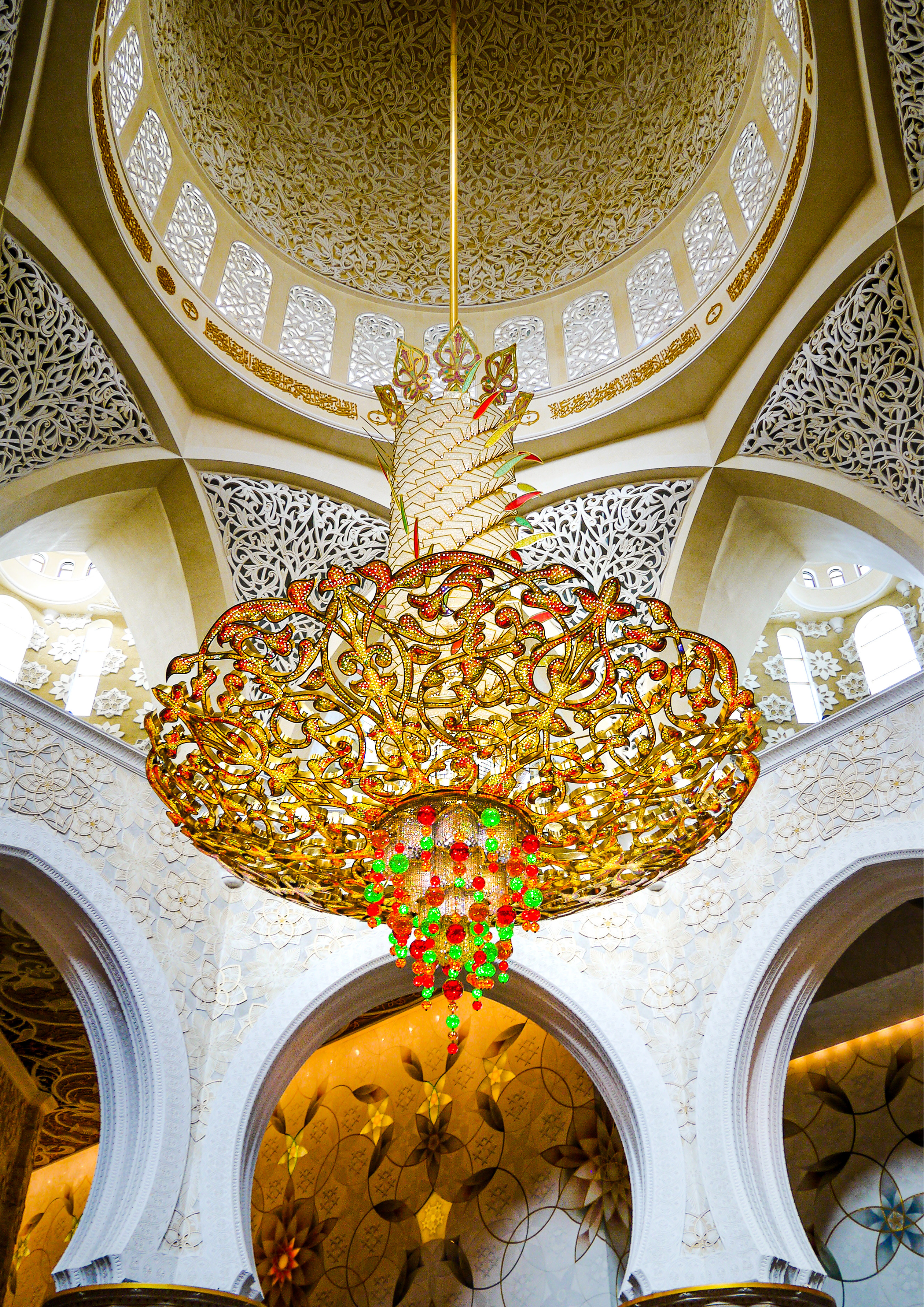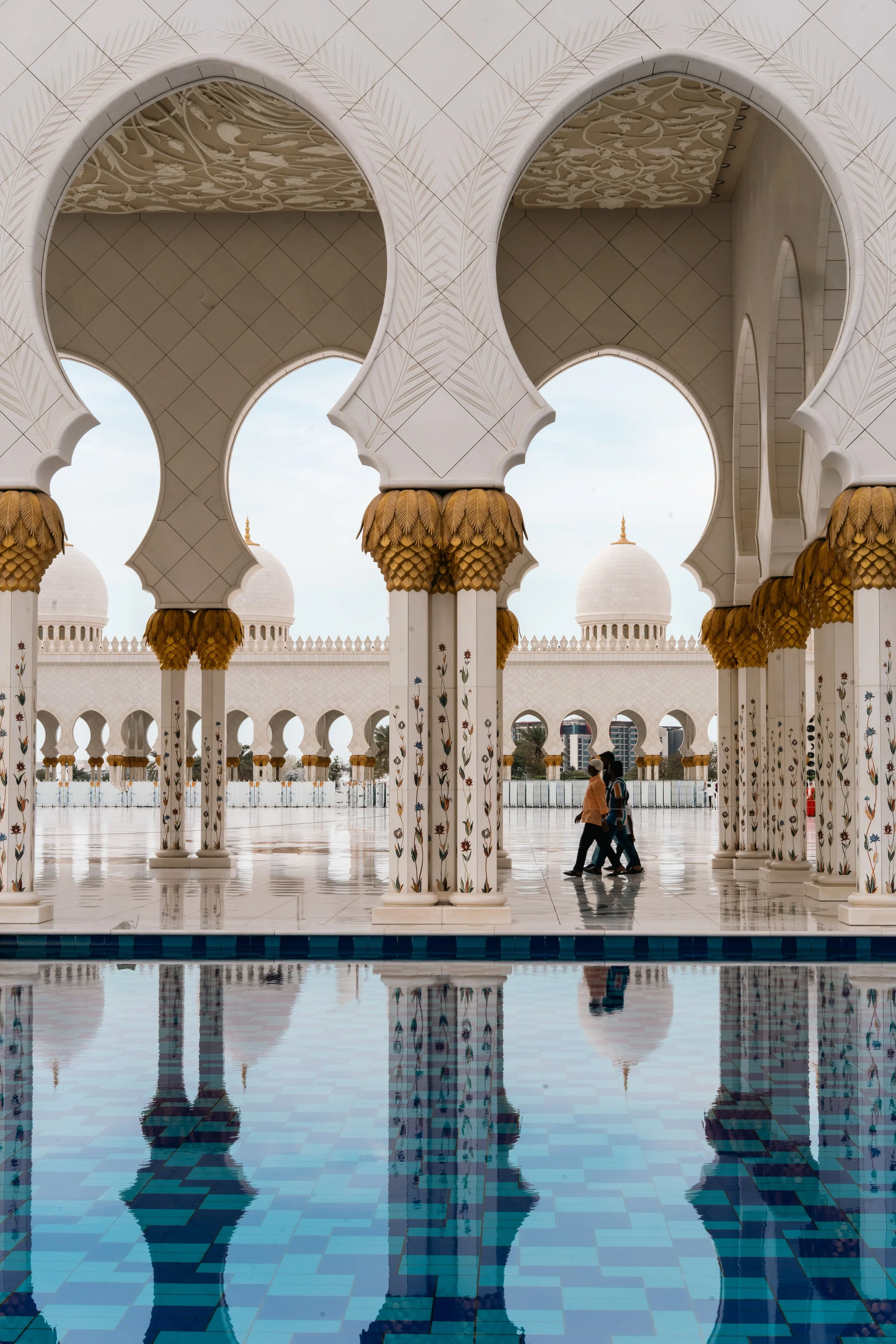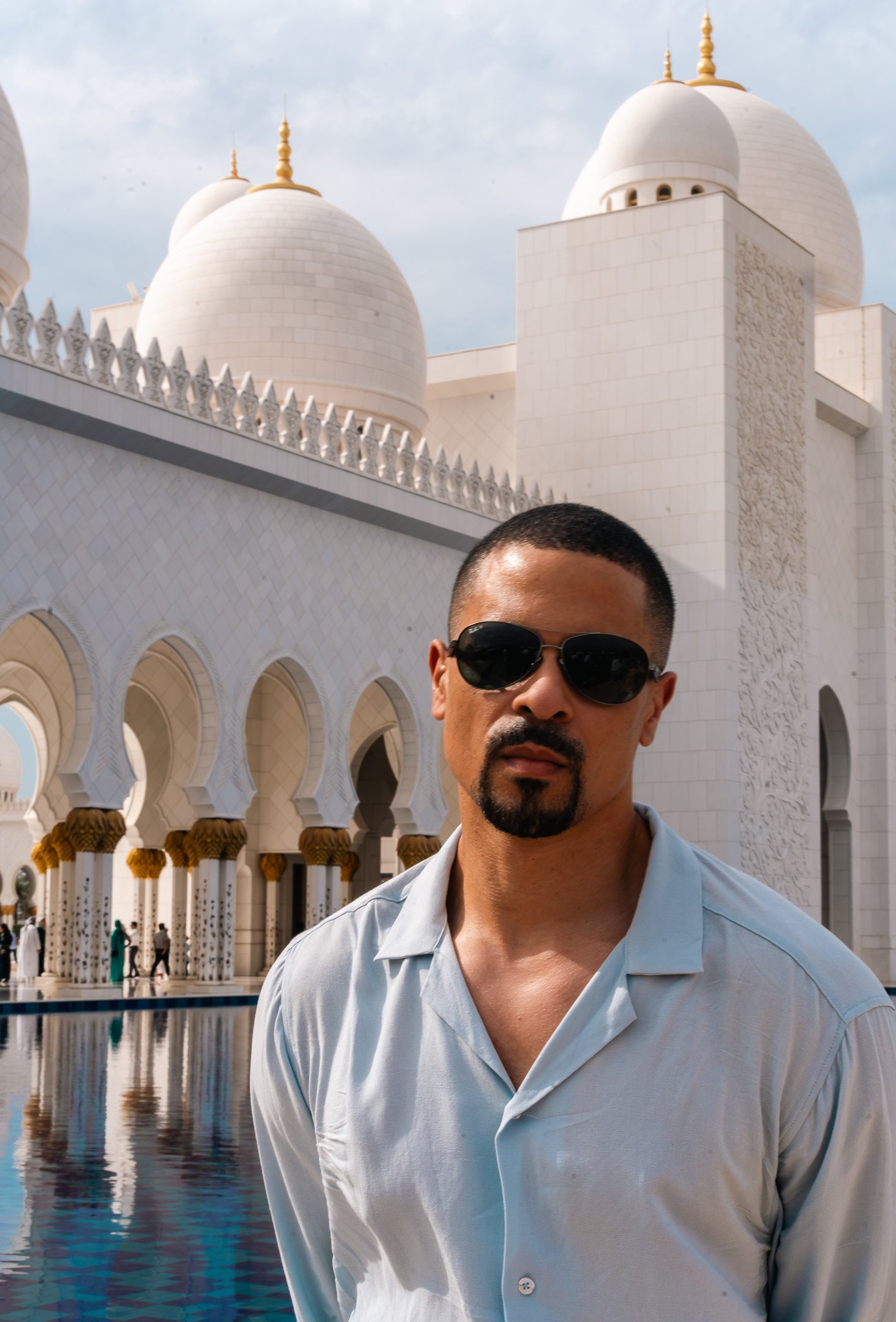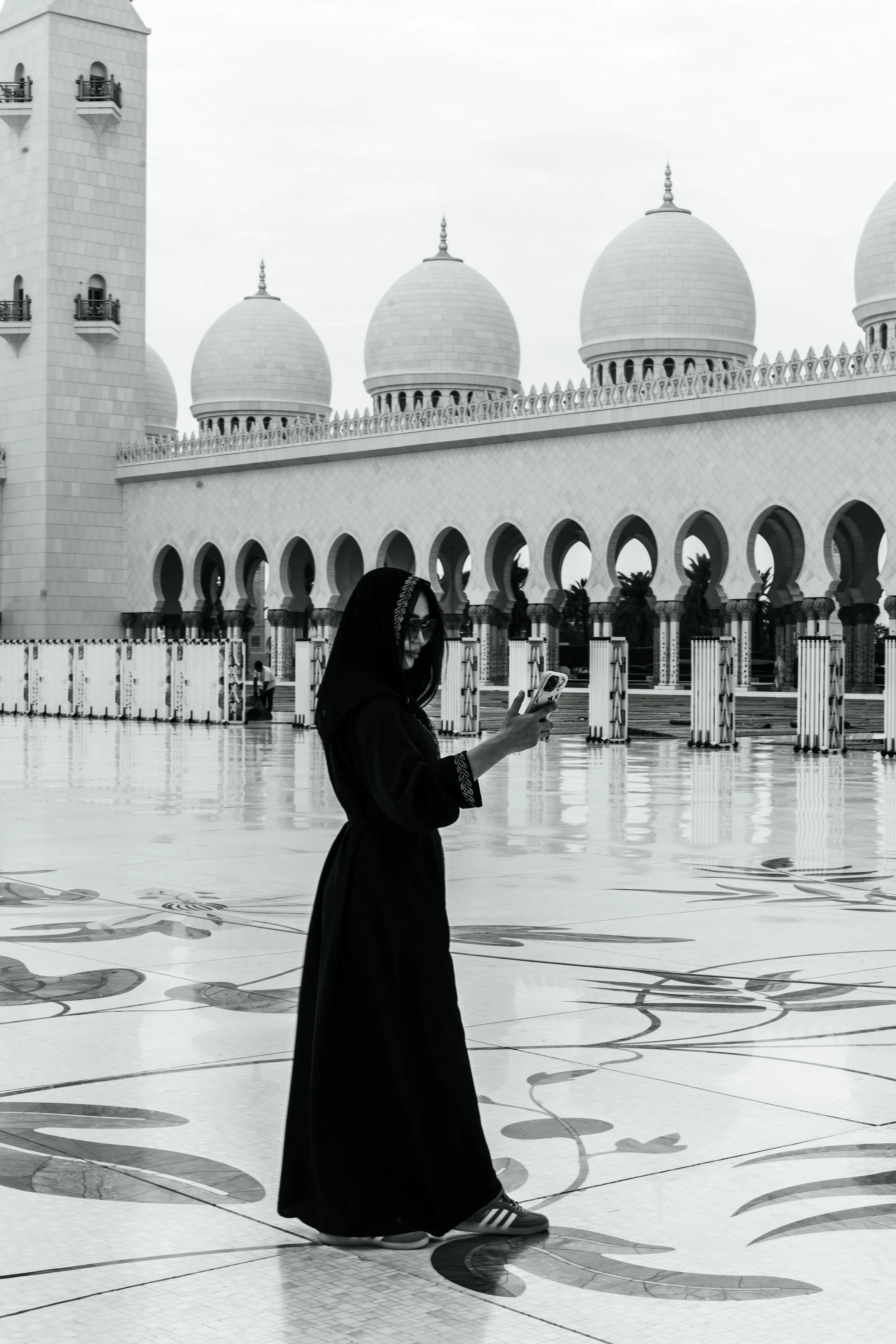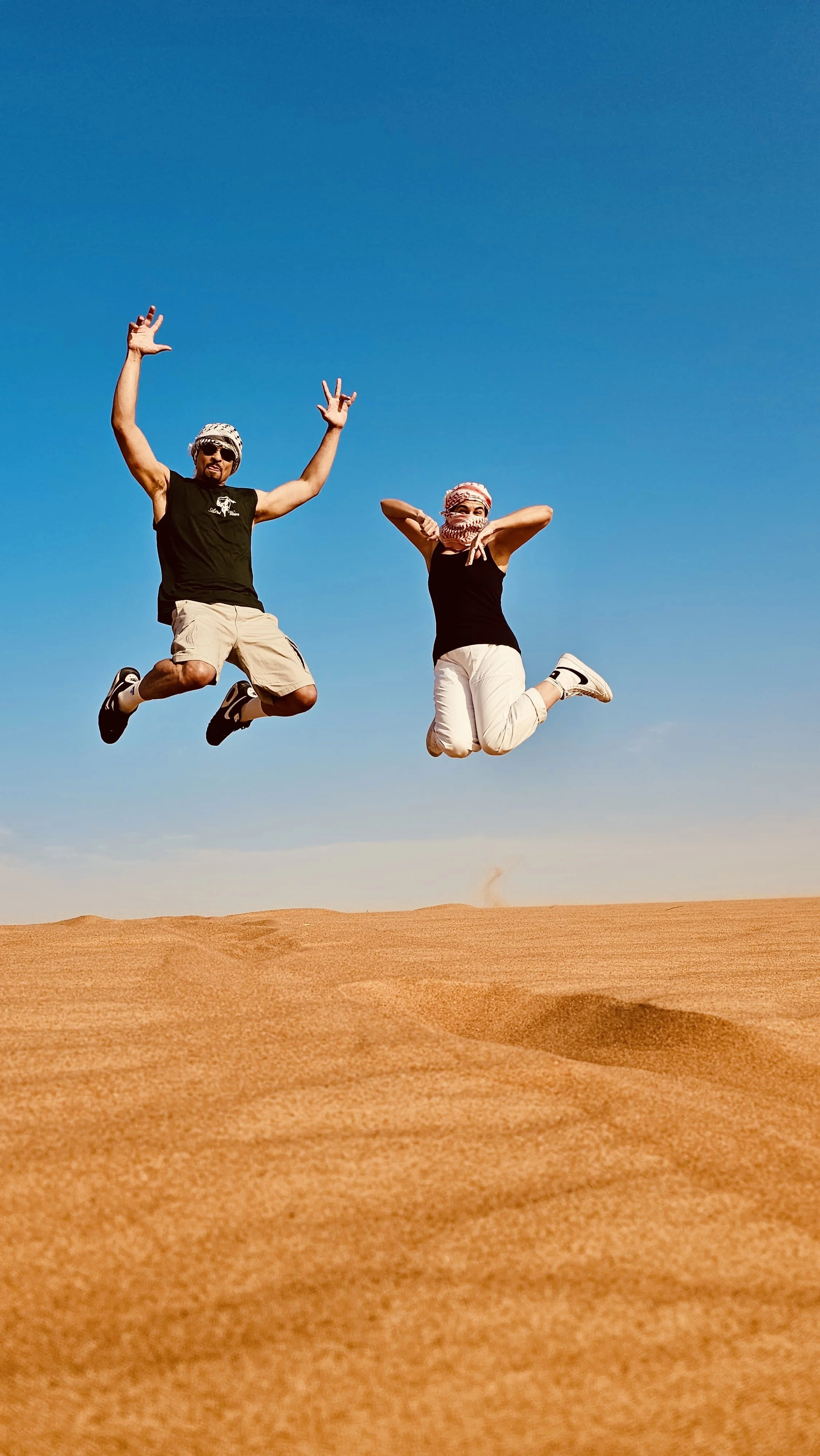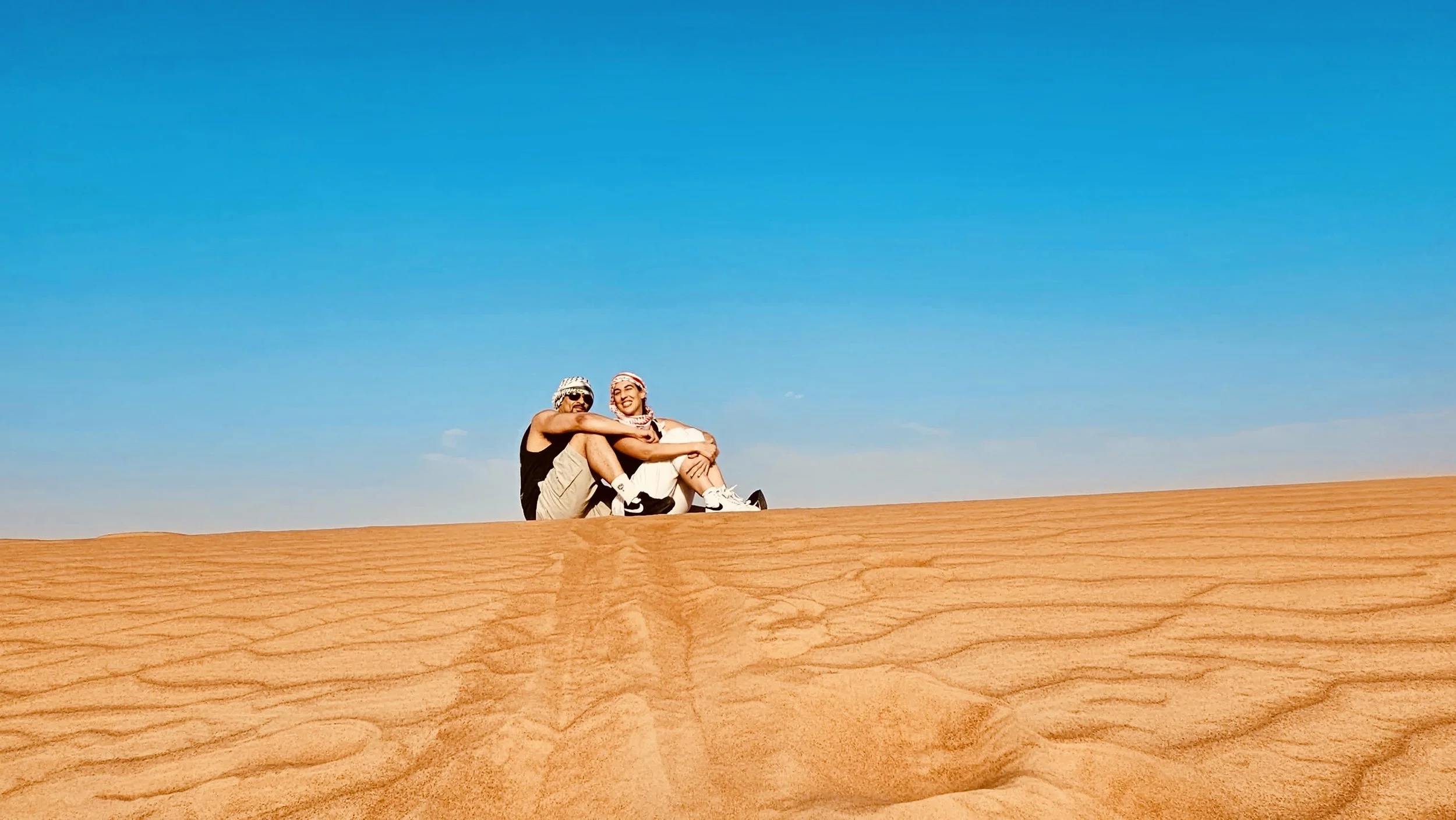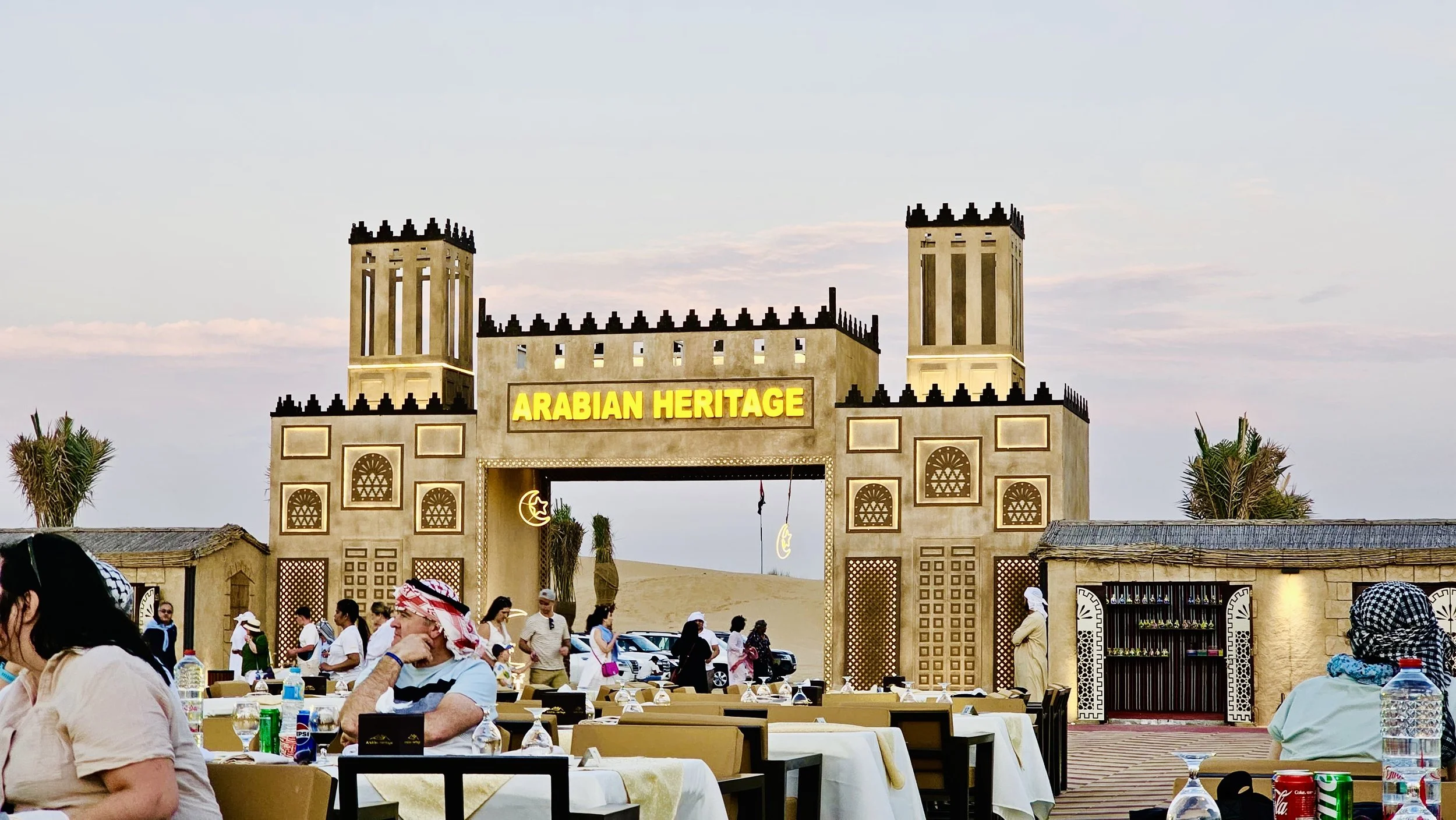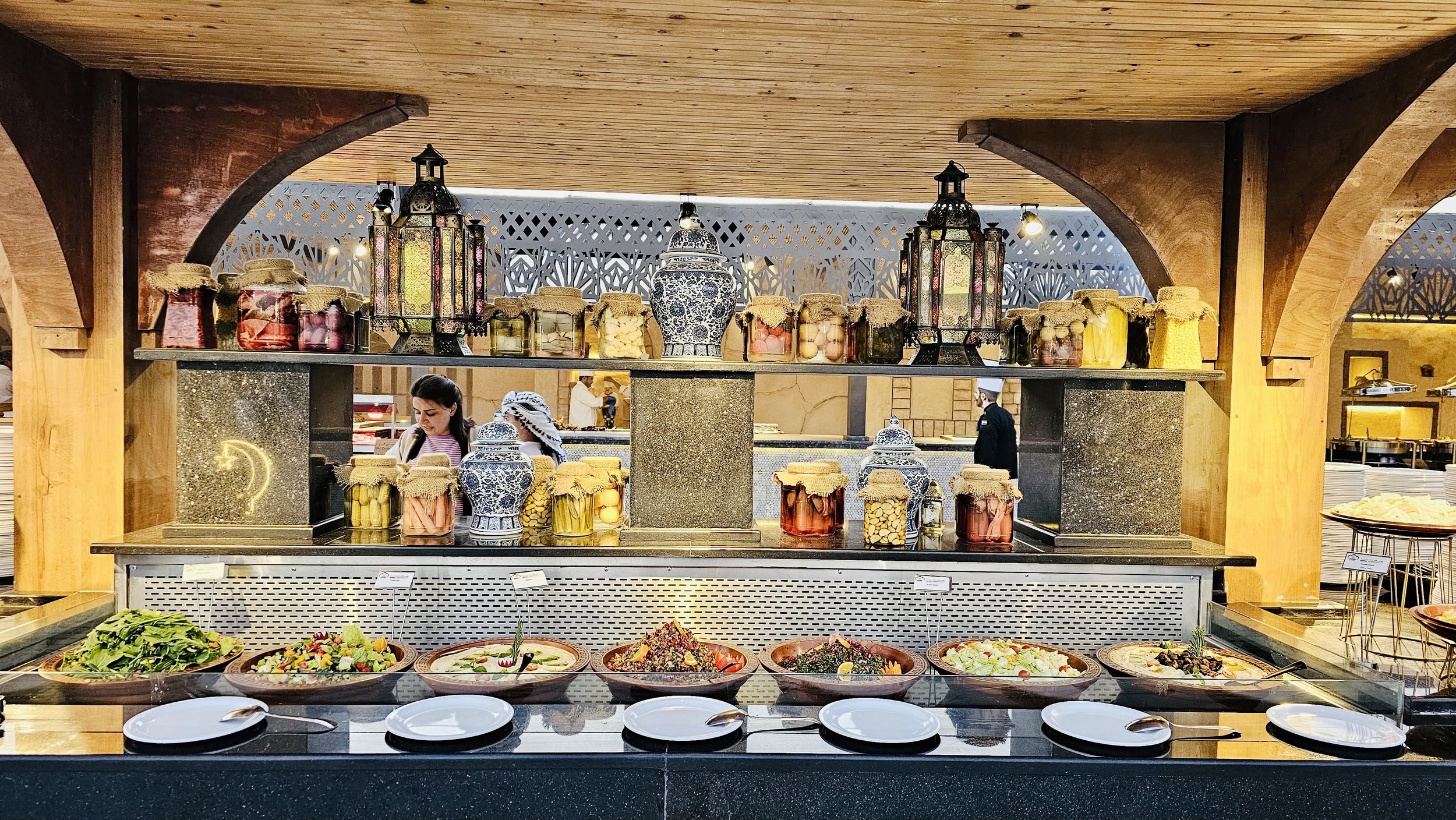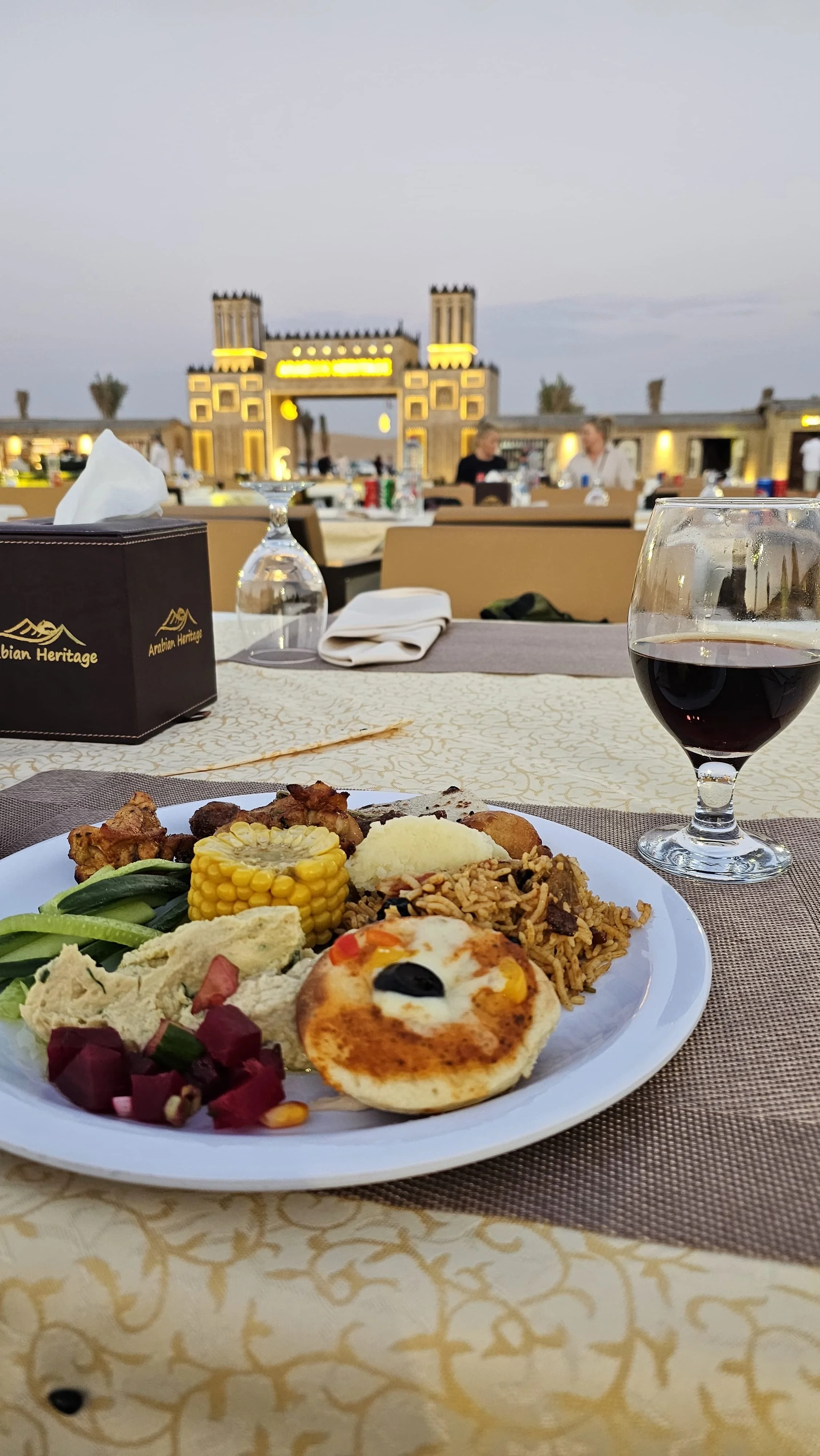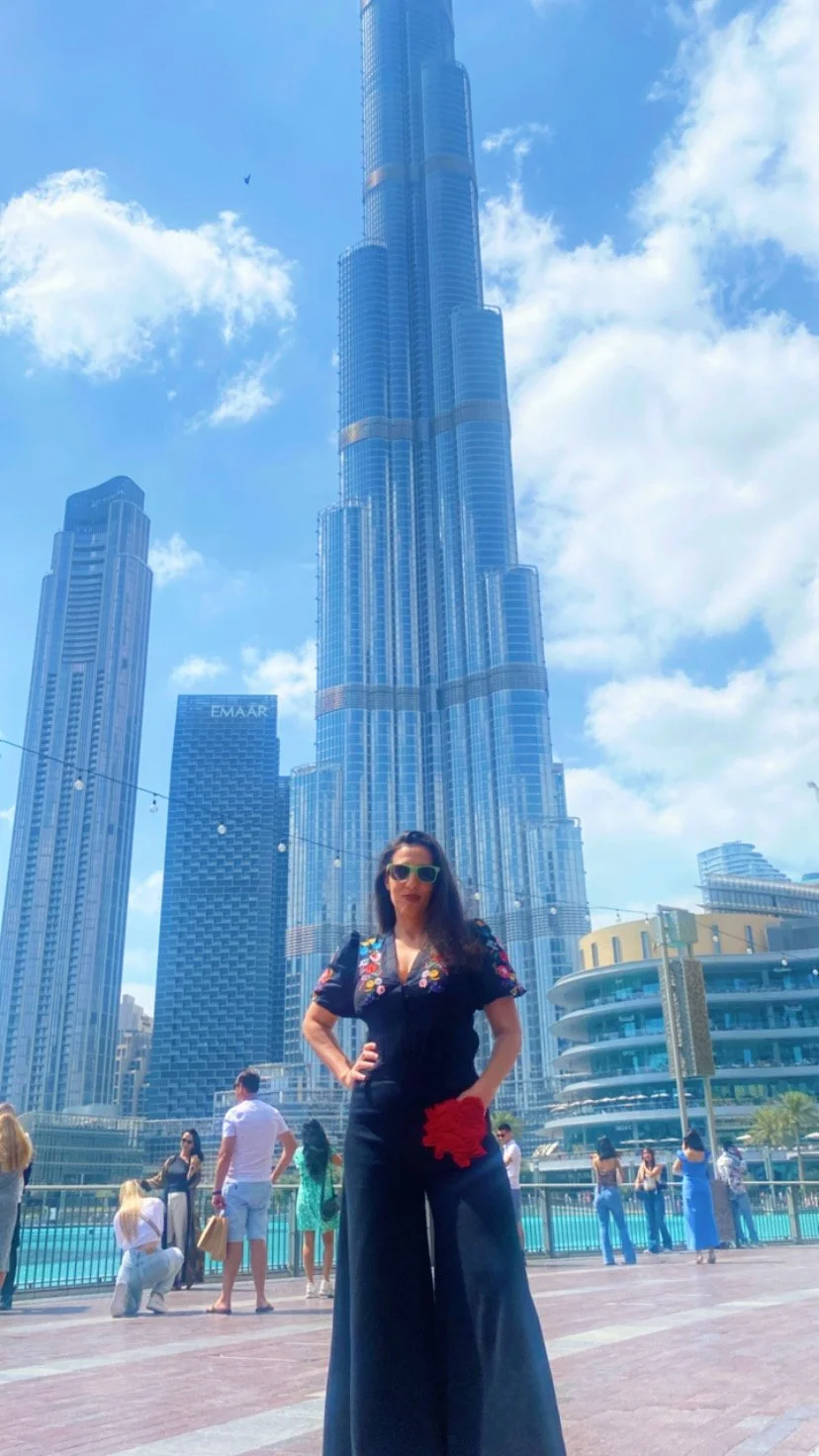Dubai is a city of superlatives - home to the world’s tallest building, the largest shopping mall, and countless record-breaking achievements. While its luxury, modern architecture, and vibrant entertainment scene are well-known, there’s much more beneath the surface. From the dazzling skyline of the Burj Khalifa and Burj Al Arab to the the lively souks echoing with history to the avant-garde culinary scene, the city is a hub of innovation and indulgence. But beyond the glitz, Dubai offers rich cultural traditions, a diverse culinary scene, and hidden gems waiting to be explored.
Burj Khalifa, Downtown Dubai
We’ve decided to visit Dubai, and to be completely honest, it all started with the viral Dubai chocolate—I just had to try it while in Dubai, and it was totally worth it! The Netflix series Dubai Blink also fueled my curiosity; I enjoy the drama, pettiness, and gossip of the ultra-rich Arabs—it’s always entertaining to watch! But as I started researching properly, I realised Dubai is so much more than the glamorous, high-end lifestyle we often see on TV—though that’s undeniably a big part of its appeal.
Dubai’s story began in the early 18th century as a small fishing village. By 1822, it had grown into a town of about 700–800 members of the Bani Yas tribe under Sheikh Tahnun bin Shakhbut of Abu Dhabi. The discovery of oil marked a turning point, propelling Dubai’s transformation under Sheikh Rashid bin Saeed Al Maktoum. Today, it stands as a global hub, with its skyline evolving at a breathtaking pace.
Beach day near Burj Al Arab
Upon arrival, our driver took us to Kite Beach, a serene public beach with a relaxed vibe. With only a handful of people around, it felt like a hidden gem. The soft sand and gentle waves made for a perfect escape, though the view of the iconic Burj Al Arab was slightly obstructed by a building on the right. If you’re planning a visit, I’d highly recommend coming during the off-season (November to April) when the weather is comfortably warm between 25 and 35 degrees, and the crowds are minimal, allowing you to truly enjoy the peaceful atmosphere.
Kite beach, Aaron
Our next stop was the iconic Burj Al Arab - a landmark that dominates Dubai’s skyline. We got up close, but to be honest, it didn’t leave much of an impression. That said, the views from the top are undeniably breathtaking, offering a sweeping panorama of the Palm Jumeirah and the Arabian Gulf. The hotel is the pinnacle of luxury, famously claiming to be the world's only seven-star hotel.
Perched on an artificial island, the Burj Al Arab is supported by massive concrete piles driven 40 meters into the seabed. Its helipad has hosted some spectacular events, including a tennis match between Roger Federer and Andre Agassi at 211 meters above ground and a Formula 1 car spinning donuts on the edge. Inside, the hotel is a shrine to extravagance, with over 1,790 square meters of interiors covered in 24-karat gold leaf. Even the pillows come with a menu of 17 options to ensure the perfect night’s sleep. Now that's next-level luxury!
Burj Al Arab
Burj Al Arab, Aaron
We then decided to grab some lunch at Souk Madinat Jumeirah – the food here is amazing! Everything is fresh and packed with incredible flavor. This traditional-style souk is designed to resemble an ancient Arabian marketplace, blending modern luxury with old-world charm. You can find a variety of restaurants offering cuisines from around the world, many with stunning waterfront views overlooking the iconic Burj Al Arab.
After lunch, we explored the souk’s charming market stalls, where you can find unique souvenirs, handcrafted jewelry, intricate carpets, traditional Middle Eastern clothing, premium honey, and authentic Turkish delights. The souk is also home to local artisans selling hand-painted ceramics and beautifully woven pashminas. With its winding alleyways, lantern-lit ambiance, and a serene network of canals where you can take an abra ride, Souk Madinat Jumeirah offers a magical and immersive experience of Arabian culture.
Souk Madinat Jumeirah
Global Village celebrates the spirit of Ramadan with the mesmerising "Four Seasons" performance by the Arabesque Orchestra, featuring 26 talented musicians led by Director Nasser Ibrahim, Maestro Noufal Bin Mehrez, and award-winning pianist Guzal Stepanova. This captivating show blends Western, classical, and Eastern music with instruments like Piano, Oud, Nay, Harp, and Violin, playing twice daily at 9:00 pm and 11:00 pm throughout the Holy Month. Alongside this, guests can enjoy the 'Secret of the Lantern' kids show, vibrant fireworks displays every weekend, and extended Ramadan hours. Global Village continues to shine as the UAE’s premier multicultural destination, offering unforgettable experiences for all.
The Arabesque Orchestra
Global Village
Jumeirah Public Beach
Jumeirah Public Beach
Jumeirah Public Beach was simply stunning, offering breathtaking views of the Burj Khalifa and Downtown Dubai. I think this was my favorite beach.
Years ago, before the skyscrapers and the 12-lane highway, there was only Jumeirah. In fact, when the UAE was formed, its rulers signed the agreement in Union House, located at the very start of Jumeirah Beach Road. Often referred to as the “Beverly Hills” of Dubai, a drive down Beach Road unveils one grand, lavish villa after another. Once exclusively a residential area, Jumeirah has evolved into a vibrant district featuring stylish cafés, upscale boutiques, and art galleries.
Home to one of Dubai’s few public beaches, this recently renovated area now boasts a scenic boardwalk, a dedicated running and walking track, and convenient changing facilities and cafés along the way. Another notable landmark, Jumeirah Mosque, is the only mosque in Dubai open to non-Muslim visitors. As part of the Sheikh Mohammed Centre for Cultural Understanding, the mosque hosts regular tours and discussions on Islam through the “Open Doors, Open Minds” program - a wonderful opportunity to gain deeper insight into the UAE and its rich cultural heritage.
Jumeirah Public Beach
Dubai’s Museum of the Future is not just an architectural masterpiece—it’s a glimpse into tomorrow, seamlessly blending innovation, technology, and creativity. Positioned along Sheikh Zayed Road, this futuristic landmark stands out against Dubai’s iconic skyline, enveloped in captivating Arabic calligraphy.
The Museum of Future
The museum takes visitors on an immersive experience, envisioning life in the year 2071. The museum’s stunning exterior is adorned with Arabic calligraphy, showcasing the inspiring words of Sheikh Mohammed bin Rashid Al Maktoum. These three powerful quotes reflect the essence of innovation and progress:
“We may not live for hundreds of years, but the products of our creativity can leave a legacy long after we are gone.”“The future belongs to those who can imagine it, design it, and execute it. The future does not wait. The future can be designed and built today.”“The secret of the renewal of life, the development of civilisation, and the progress of mankind is in one word: Innovation.”Museum of the Future
Museum of the Future
Museum of the Future
Museum of the Future
Museum of the Future
Museum of the Future
Marina Beach
Marina Beach offers a stunning backdrop with breathtaking views of Ain Dubai, the world's largest and tallest Ferris wheel, towering at 250 meters (820 feet). This lively beach blends urban energy with seaside relaxation, making it a go-to spot for families, food lovers, and thrill-seekers alike.
One of the most fascinating moments was watching fish swim right next to me in the crystal-clear waters while jet skis and paddleboarders zipped past. The vibrant atmosphere, packed with water sports, trendy cafés, and high-rises, adds to its charm.
That said, while Marina Beach has its appeal, I personally prefer beaches with more solitude and natural character.
Ain Dubai is made up of 11,200 tonnes of steel, which is 33% more than the Eiffel Tower!
The Ferris wheel's passenger capsules are so large that each one could fit 40 people comfortably—essentially, it’s like a small living room in the sky.
If you look closely at the shoreline, you might spot bioluminescent plankton at night, giving the waves a magical blue glow—a rare but breathtaking sight!
Marina Beach
Marina Beach
The Burj Khalifa took my breath away the moment I saw it. Its sheer height and sleek design are mesmerizing from the ground, and the panoramic views from the top are simply unforgettable. However, in my opinion, just standing below and admiring its towering presence is an experience in itself. Along with the Museum of the Future—an architectural marvel that blends cutting-edge technology with visionary design—these two landmarks left me in awe.
The Burj Khalifa holds the record for the highest observation deck in the world, while the Museum of the Future is one of the most complex structures ever built, with a facade covered in Arabic calligraphy that doubles as windows. Both are absolute must-sees!
The Burj Khalifa
We had dinner at the Burj Khalifa, and it was a wonderful experience. A tip for photographers: be sure to bring a wide-angle lens, as the building is so tall that it’s difficult to capture in a single frame. We had to use our phone cameras to fit everything in. It was an unforgettable experience!
The Iconic Sheikh Zayed Grand Mosque in Abu Dhabi
Sheikh Zayed Grand Mosque
If you're visiting the United Arab Emirates, a trip to the Sheikh Zayed Grand Mosque in Abu Dhabi might not be at the top of your list, but it really should be. Just a short 1.5-hour drive from Dubai, this stunning architectural masterpiece is the crown jewel of Abu Dhabi, attracting over 5 million visitors every year.
Personally, I’ve always been captivated by Islamic architecture, even though I’m Catholic. However, I’d never had the chance to visit a mosque before. I wanted my first experience to be something special, and the Sheikh Zayed Grand Mosque certainly didn’t disappoint.
Religion has such a profound impact on societies, shaping traditions, culture, and art. Architecture is one of the most powerful ways to express these influences, standing as a true reflection of spiritual and cultural values. Islamic architecture, in particular, carries the marks of various regions, showcasing the rich historical and geographical diversity of the Muslim world.
While Islamic architecture remains deeply rooted in faith, each region has added its own artistic touches over the centuries. The earliest influences came from the Arabian Peninsula, followed by the Ottoman Turks, Persians, and Mamluks. Over time, these styles blended into a unique aesthetic that continues to inspire stunning structures today, including the Sheikh Zayed Grand Mosque.
Desert Safari in Hatta
We set off on an adventure to the sandy shores and Hatta desert. Our journey began with an exhilarating ride through the vast desert in a powerful 4x4, followed by an adrenaline-fueled quad bike experience across the dunes. At our desert camp, we immersed ourselves in Bedouin traditions—riding camels, experiencing intricate henna art, and enjoying the smooth flavors of shisha. As the evening unfolded, we delighted in a feast of grilled specialties, were captivated by cultural performances, and ended the night with a mesmerising fire show. With seamless pickup and drop-off, it was the perfect way to experience the desert's magic. A thoughtful conversation with our driver about Christianity, the origins of Islam, and its beliefs was a refreshing and enlightening experience, sparking my curiosity to learn more.
Desert Safari at Hatta
Dubai is a city that has it all - breathtaking skylines, rich history, and unmatched luxury. We wandered through Souk Madinat Jumeirah, stood in awe of Burj Khalifa, and admired the architectural marvel of the Sheikh Zayed Grand Mosque and the innovative Museum of the Future. The energy of the city was infectious, but the real thrill awaited in the desert - dune bashing, quad biking, and a stunning BBQ under the stars. Dubai is full of surprises, and we can’t wait to return for more!
Stay connected and follow me on the socials below for more exciting content!
